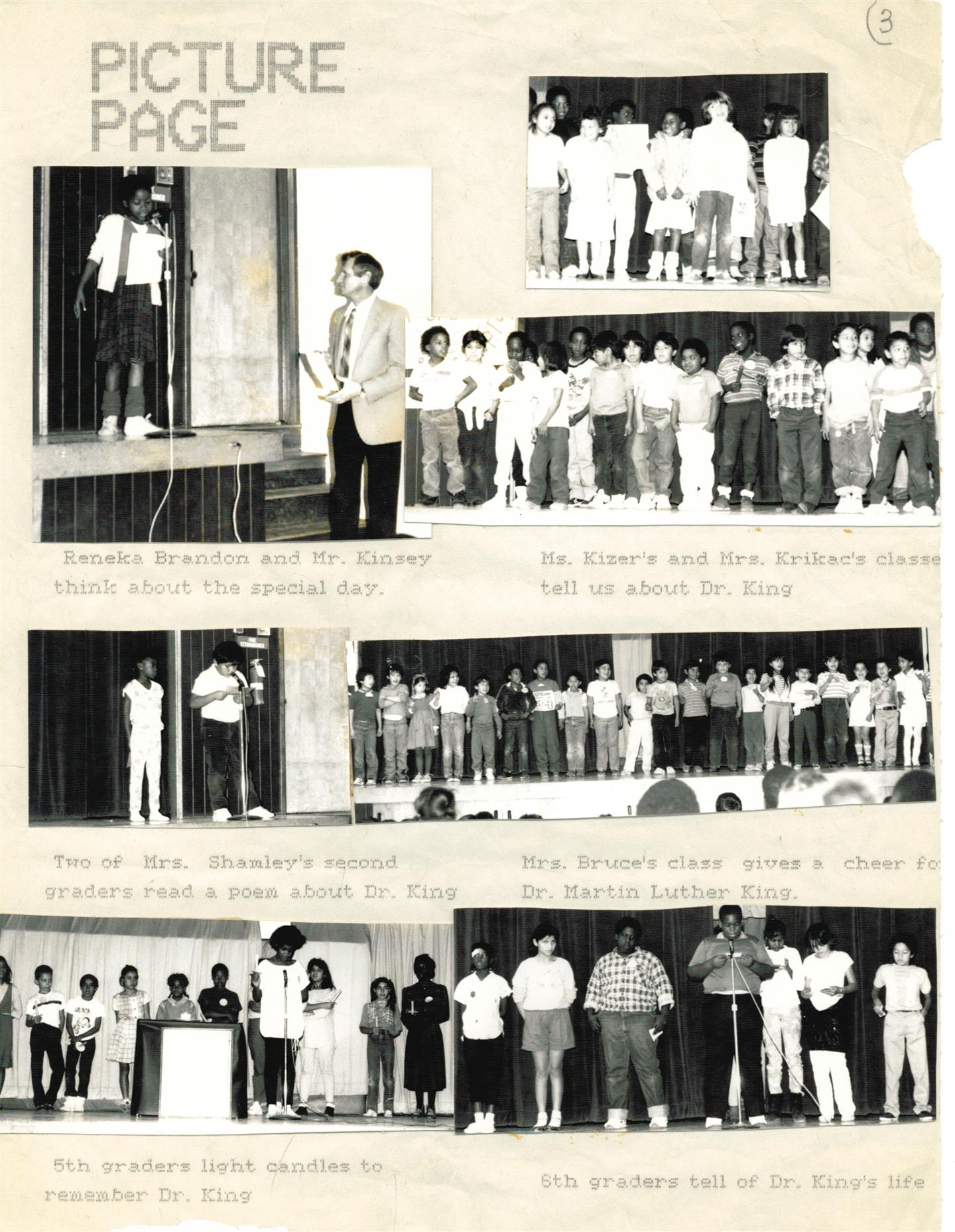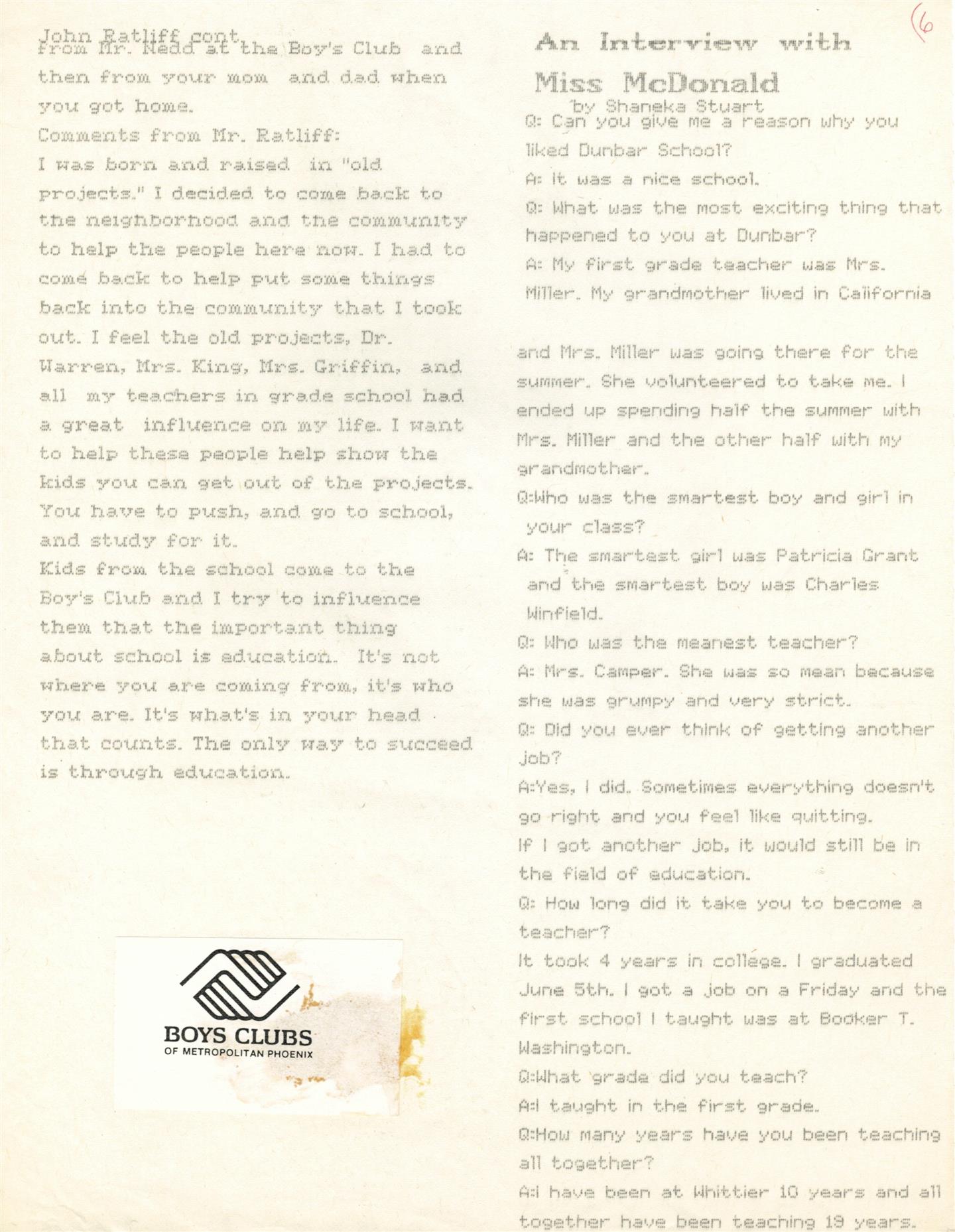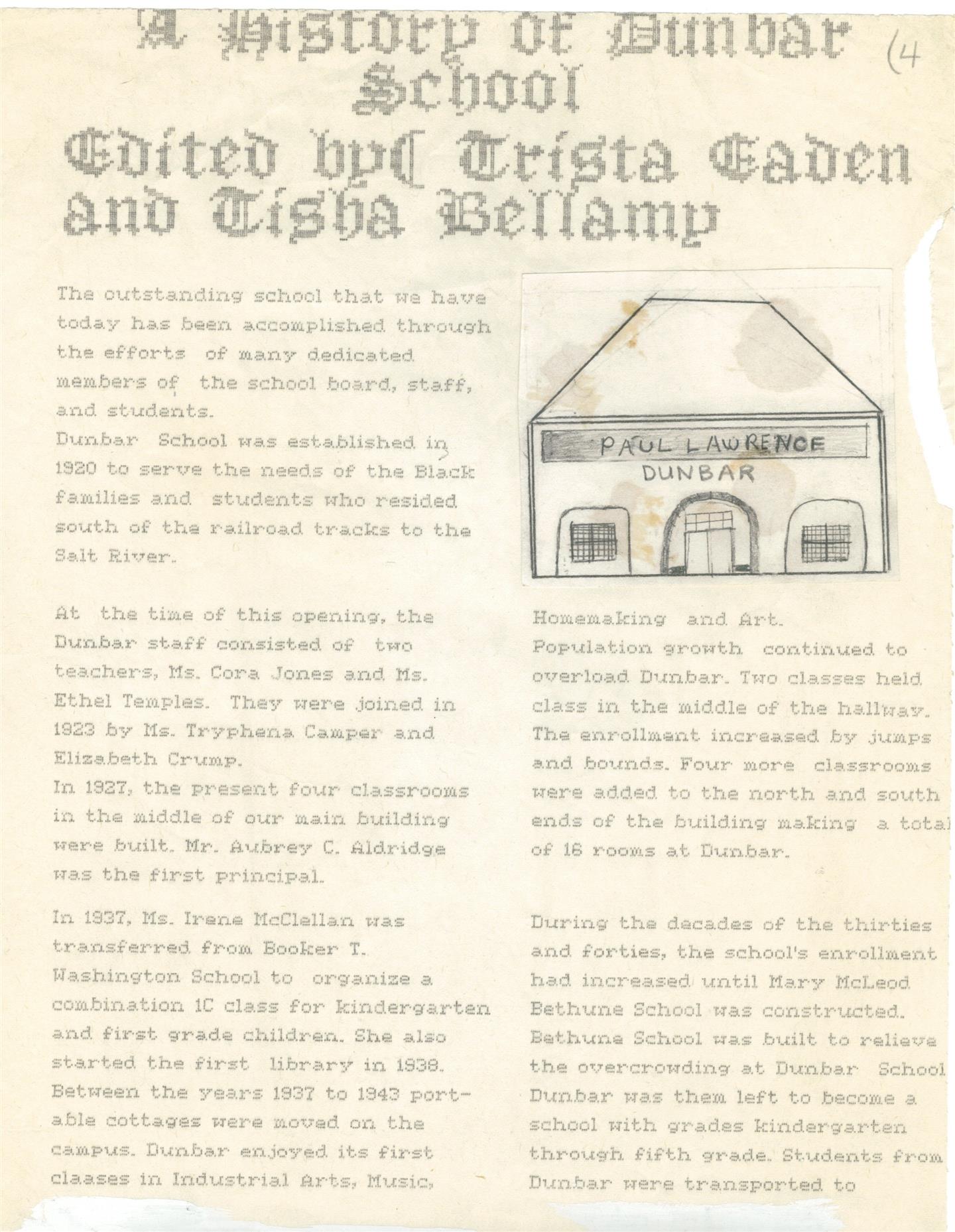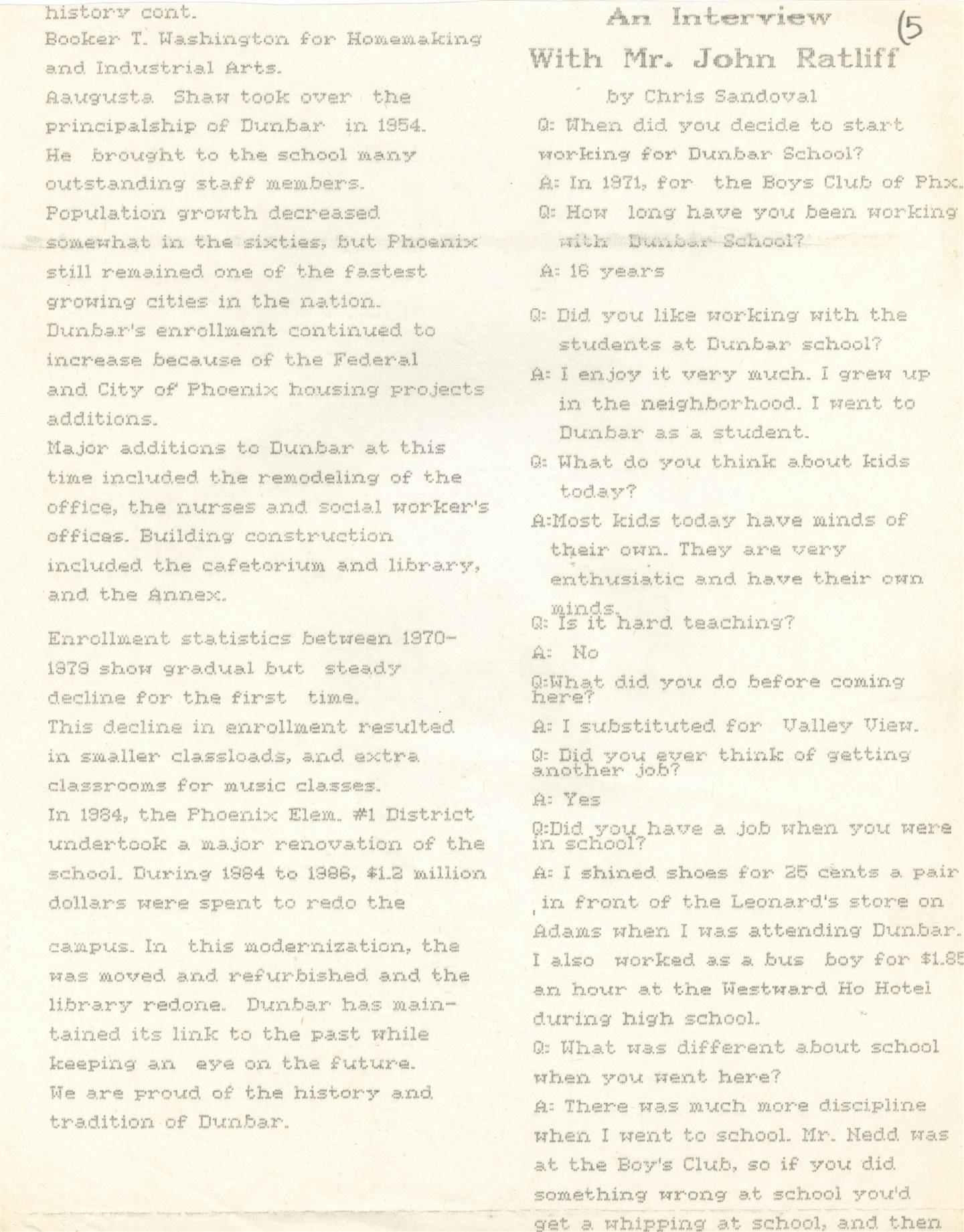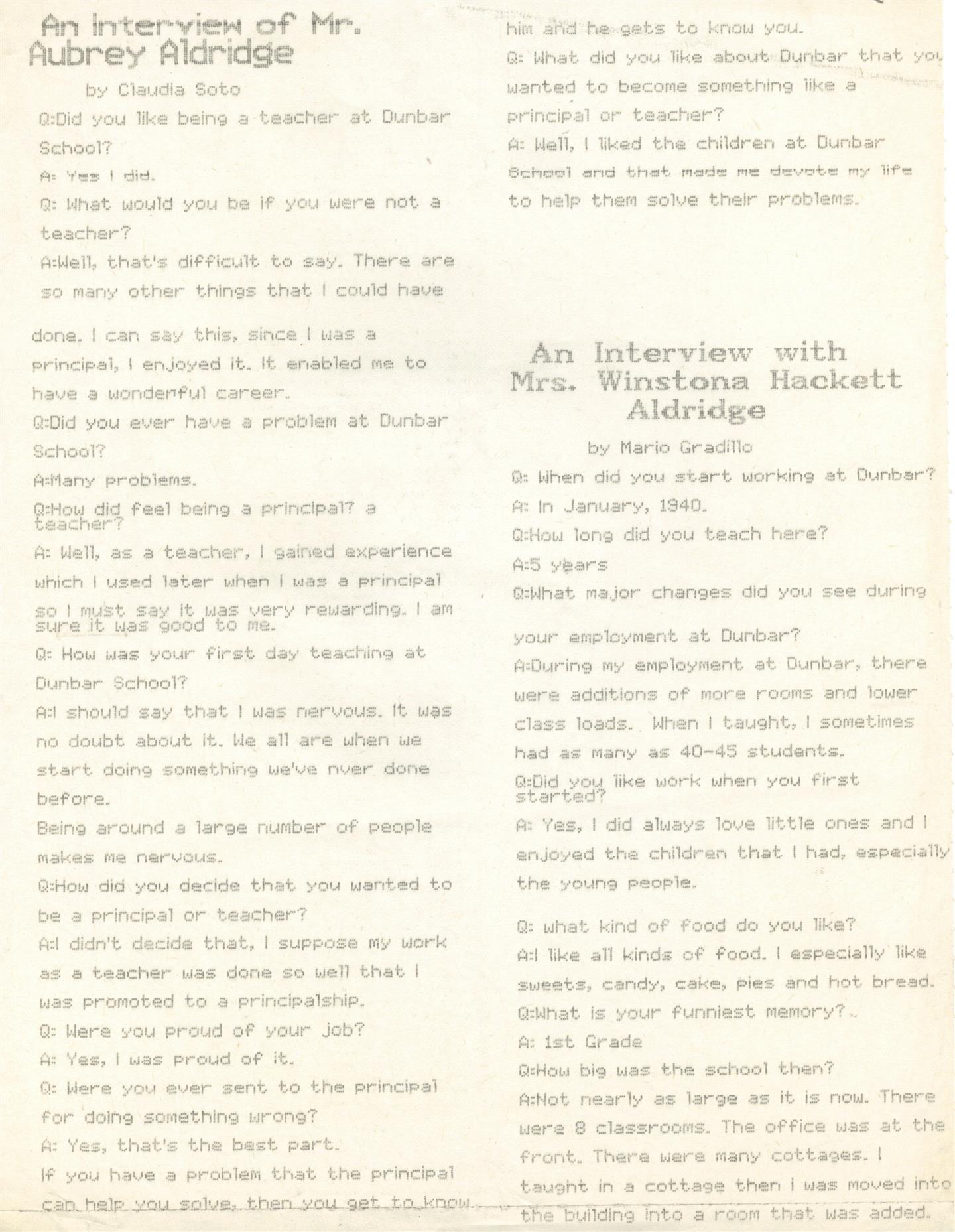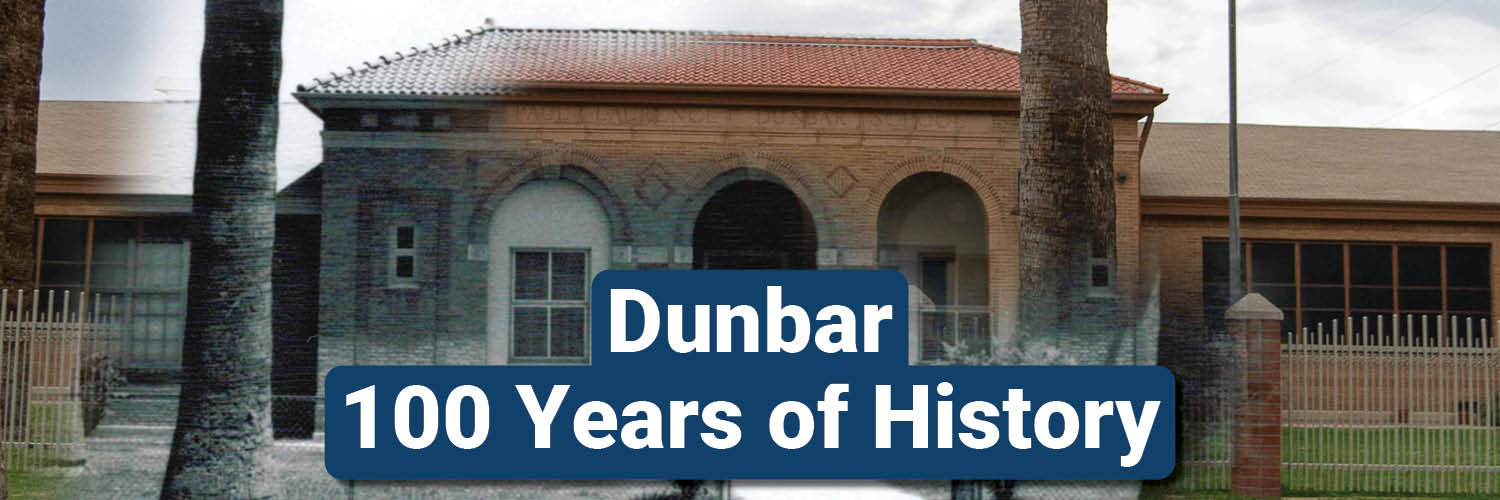- Dunbar Institute
- 🎉 Dunbar's Centennial Celebration!
Overview
-
A Century of Community and Achievement
Dunbar School stands as a cherished landmark with a rich history in Phoenix Elementary School District #1, celebrating 100 years of dedication to education and community. From its early days as the 9th Avenue School, through community advocacy that led to its renaming after Paul Laurence Dunbar in 1925, to its integration in 1954, Dunbar has continually evolved. This school became not only an educational institution but also a hub of pride and resilience within its community.
Dunbar School's milestones reflect the enduring spirit of its students, educators, and supporters. It was one of the first Phoenix schools to integrate, setting a progressive tone that inspired further change. In the late 1960s, Dunbar became the site of Phoenix's annual Juneteenth celebration, a tradition reflecting the community's heritage and culture. Listed on both the National and Phoenix Historic Property Registers, Dunbar stands as a testament to the advocacy and accomplishments of generations of families.
As we celebrate this centennial, take a journey through our history with a timeline of key events, photos from significant moments, and stories about Paul Laurence Dunbar, our namesake, whose legacy inspires us every day. Explore and be part of a history that continues to shape the future!
Timeline
-
Notable Historical Milestones at Dunbar School
- 1871 - Creation of Phoenix Elementary School District #1 – The foundation of education in Phoenix, Phoenix Elementary School District #1 was established, eventually leading to the formation of later became Dunbar School in 1920.
- 1920 - 9th Avenue School Opens - The original school on 9th Avenue was established to serve Phoenix families, marking the beginning of what would become Dunbar School.
- 1925 - Renaming to Paul Laurence Dunbar School - Through community advocacy, 9th Avenue School was rebuilt and renamed after the African American poet Paul Laurence Dunbar, symbolizing pride and cultural significance.
- 1947 – Principal Dr. Walter I. Murray Praises Facilities: Dr. Murray, newly appointed Dunbar principal, praised the school's facilities and the Phoenix district’s cooperative spirit. A published author and experienced educator, Dr. Murray aimed to cultivate community pride and initiate an in-service program for Dunbar faculty, setting the stage for a new era of growth.
- 1954 - Integration at Dunbar – Following the Brown v. Board of Education decision, Dunbar School embraced integration, marking a pivotal moment in Phoenix's journey toward equal education.
- 1958 – New Cafeteria and Classrooms: Principal Augustus H. Shaw welcomed new additions—a cafeteria for student lunches and community gatherings, along with portable classrooms to support Dunbar’s expanding student body. These facilities marked Dunbar’s commitment to providing a vibrant and inclusive learning environment.
- 1958 – New Library Opens for District Librarians: The newly built library hosted a district librarians’ meeting, showcasing Dunbar’s state-of-the-art facilities. This addition became a focal point for learning, benefiting both students and faculty.
- 1959 – Mrs. R. Gail Baker Elected Board President: Civic leader Mrs. Baker became the school board president, marking a shift in leadership and advocating for policies supporting local educators and student resources. Her dedication reflected the board's commitment to community-focused education.
- 1960s - Hosting of Annual Juneteenth Celebration – Dunbar School became the original host of Phoenix’s Juneteenth celebration, highlighting its role as a center of cultural heritage before the event later moved to Eastlake Park.
- 1967 – Dunbar Reopens After Fire: A fire damaged parts of Dunbar’s main building just before Thanksgiving. Despite the setback, repairs began swiftly, and students resumed classes with minimal disruption, highlighting the resilience of Dunbar’s community and the swift action of the Phoenix Elementary School District.
- 1967 – Tutoring in Action Program Launched: ASU students and community members began volunteering as tutors, working one-on-one with Dunbar students on academics and fostering strong personal bonds. This program grew to include field trips and extracurricular support, enriching student experiences beyond the classroom.
- 1969 – Inner City Health Initiative: Dunbar became a site for free diphtheria inoculations, underscoring its role in supporting community health. This initiative was part of a broader push to provide essential health services to inner-city children.
- 1970 – Visit from J.D. Hill: Arizona State University’s star football player, J.D. Hill, visited fourth graders at Dunbar, inspiring students to stay in school and pursue their dreams. His visit became a memorable moment of encouragement and connection for young Dunbar students.
- 1970-1971 – Expanded Action Tutoring Program: ASU's “Action Tutoring” program at Dunbar continued to grow, pairing 110 students with ASU tutors for individualized learning and recreational activities. This program nurtured friendships and cross-cultural understanding, positively influencing student attitudes and academic engagement.
- 1987 – Dunbar Centennial Time Capsule Buried: To commemorate the school’s legacy, students at Dunbar created a time capsule filled with items that reflected their lives and the era, including a handmade yearbook, trading cards, a school pride button, and an audio message. Sealed in a steel cylinder and buried beneath a concrete slab, the capsule was designed to be opened during Dunbar's centennial, offering future generations a glimpse into the past.
- 1993 & 2005 - Recognized Historic Site – Dunbar School was added to the National Register of Historic Places in 1993 and later listed on Phoenix’s Historic Property Register in 2005, preserving its legacy.
Our Namesake
-
Paul Laurence Dunbar

Paul Laurence Dunbar (June 27, 1872 – February 9, 1906) was an American poet, novelist, and short story writer of the late 19th and early 20th centuries. Born in Dayton, Ohio, to parents who had been enslaved in Kentucky before the American Civil War, Dunbar began writing stories and verse when he was a child. He published his first poems at the age of 16 in a Dayton newspaper, and served as president of his high school's literary society. Paul Laurence Dunbar Elementary School, named for the acclaimed poet, was built during segregation. As was often the case with gathering places such as schools and churches, these structures served as important hubs for life in Phoenix's African American community.
🎉 Centennial Celebration 🎉
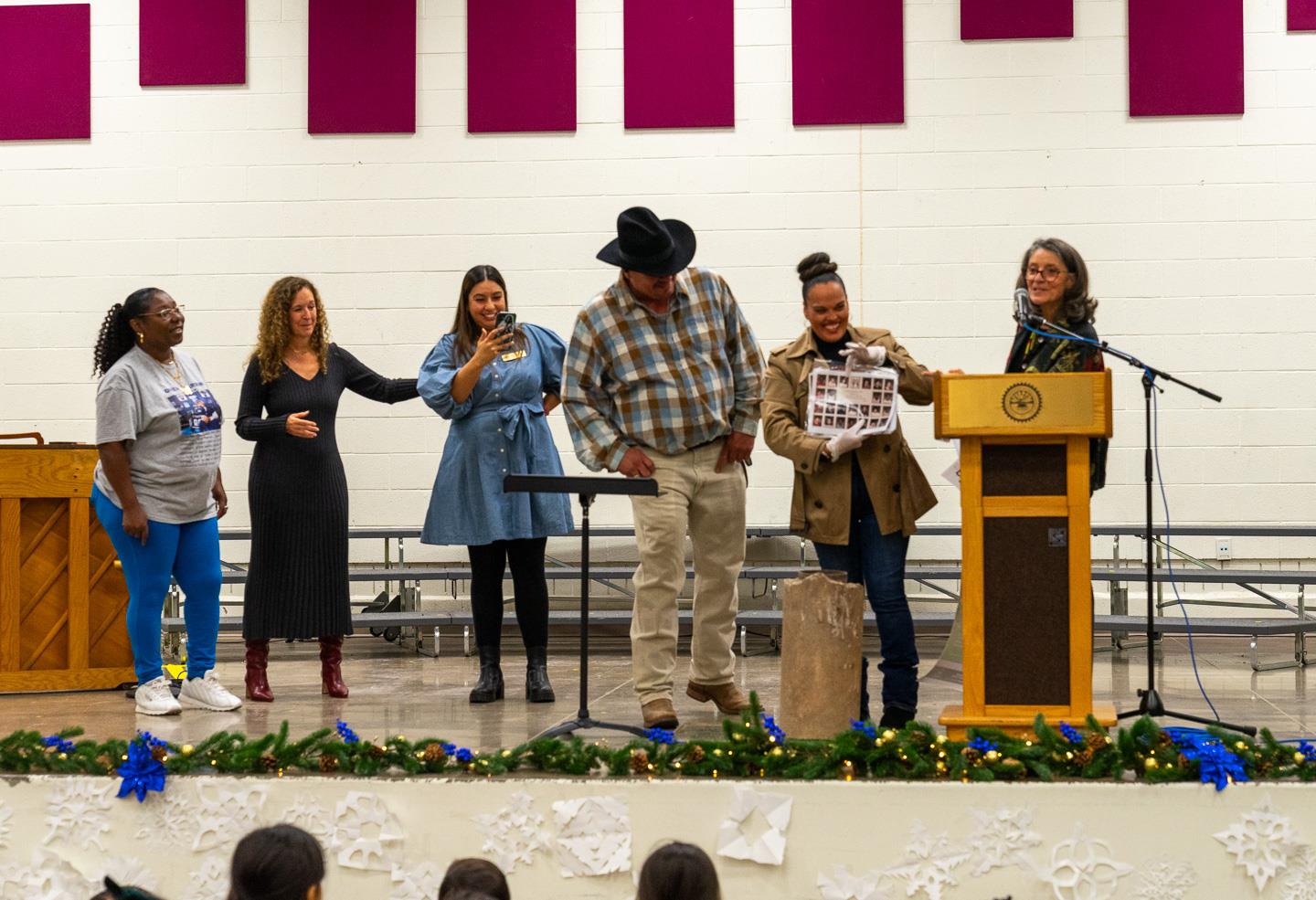

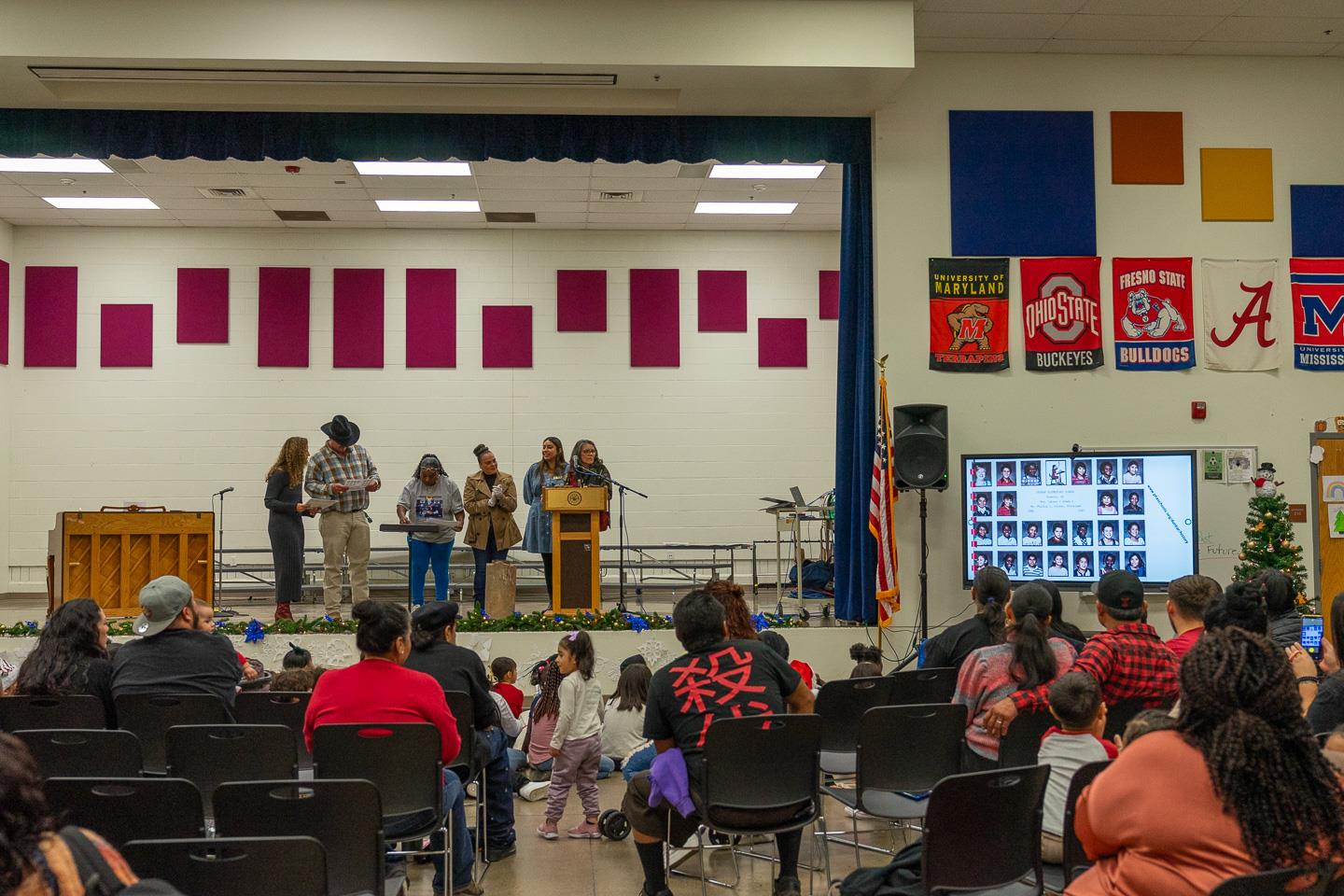
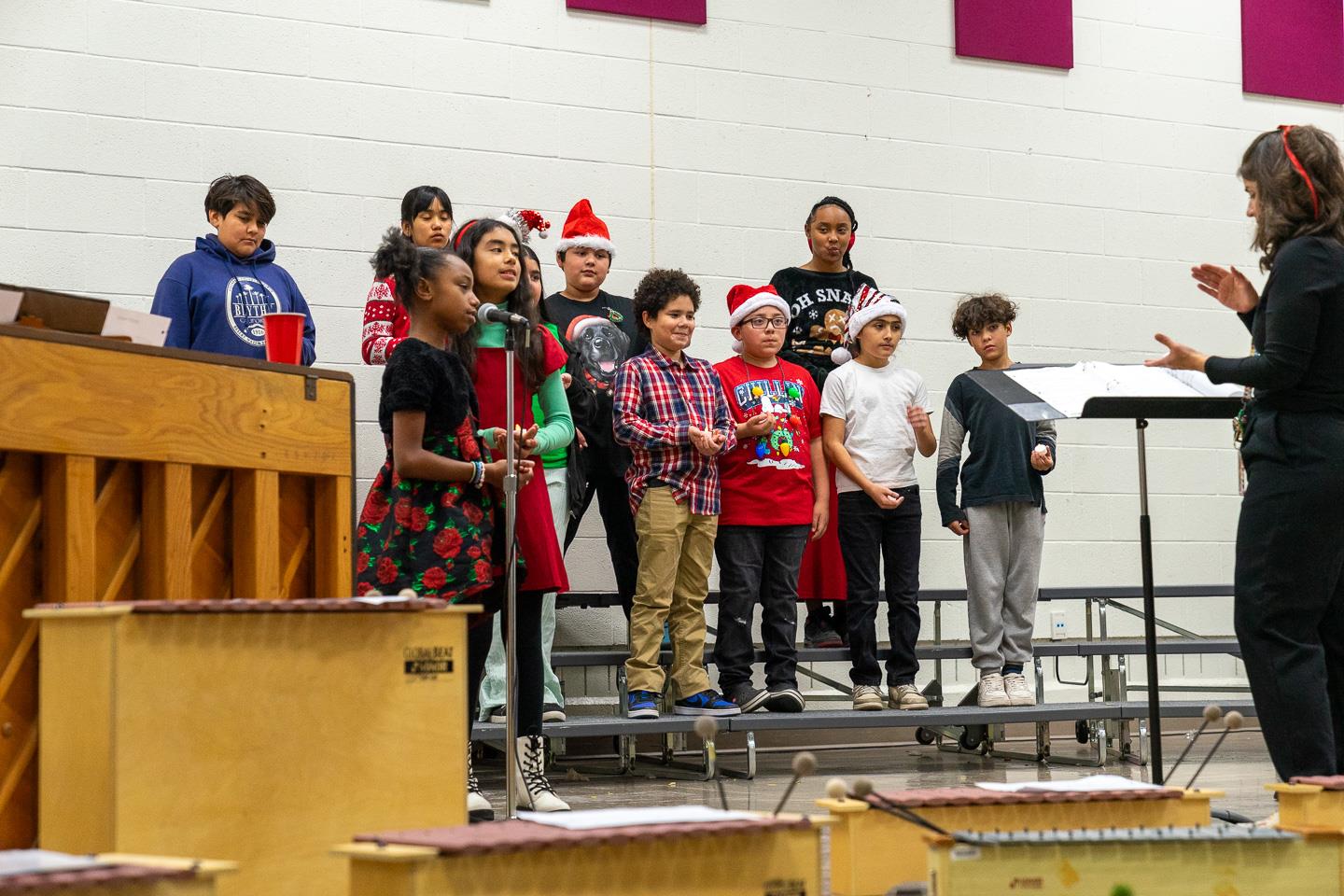

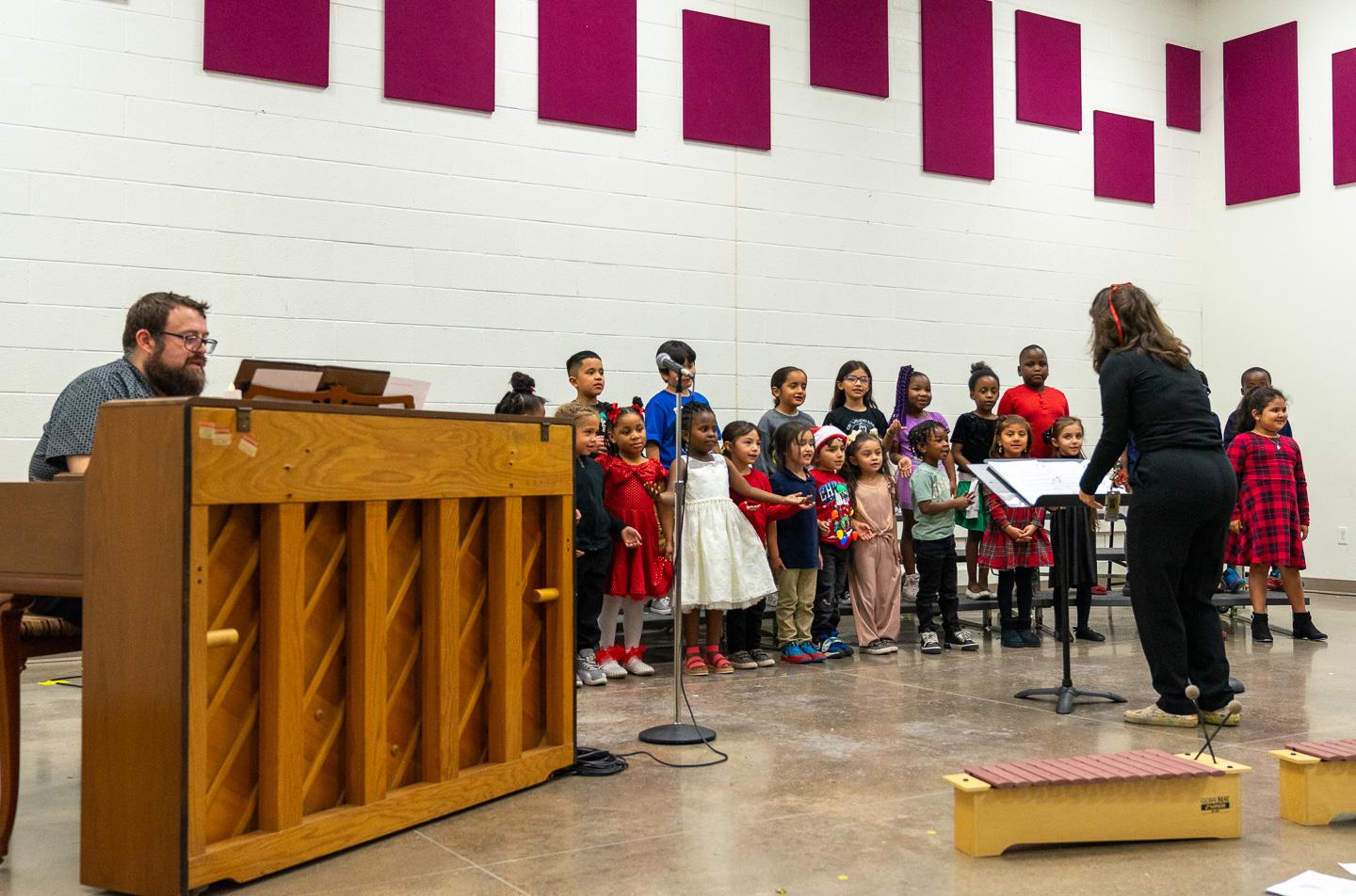
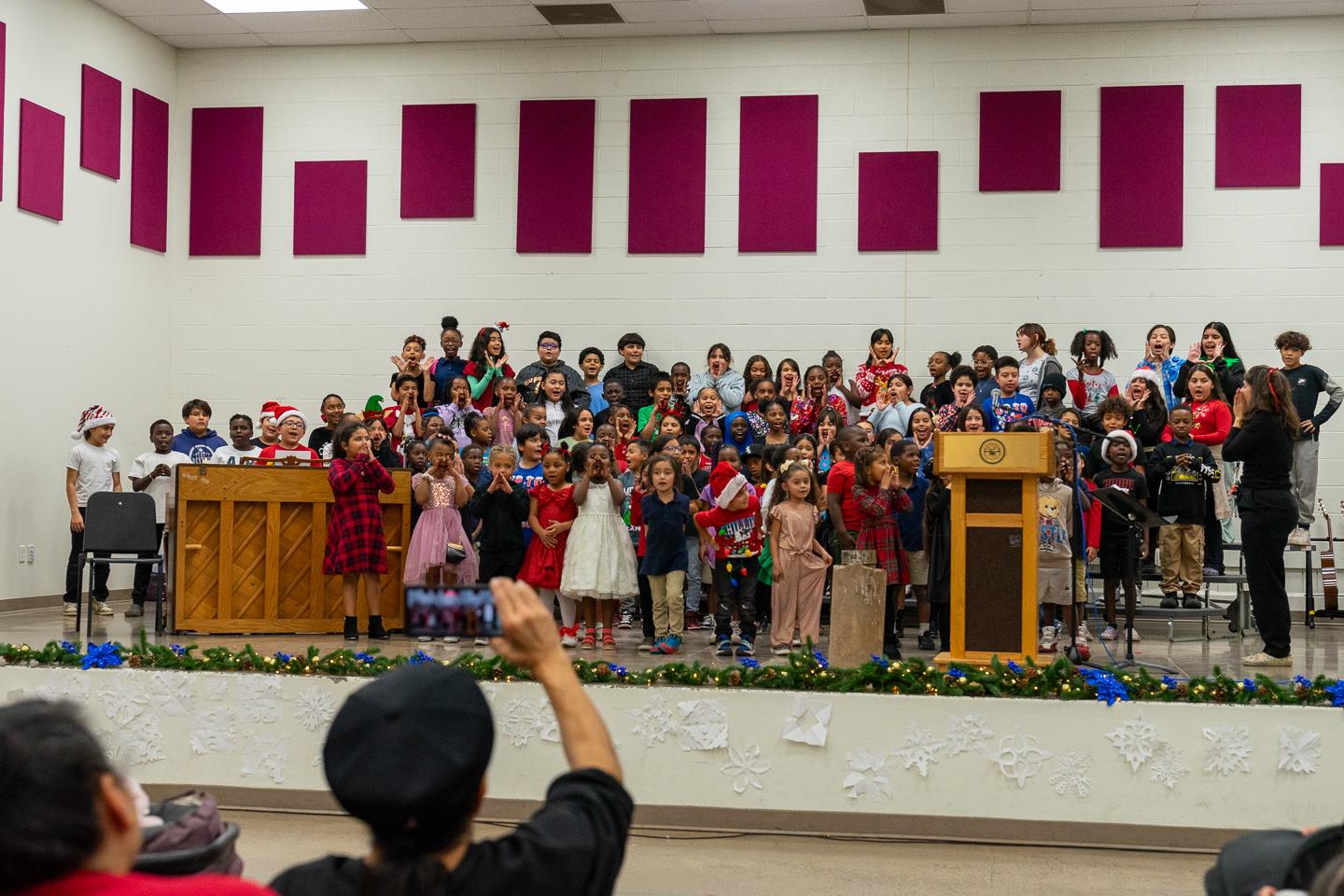
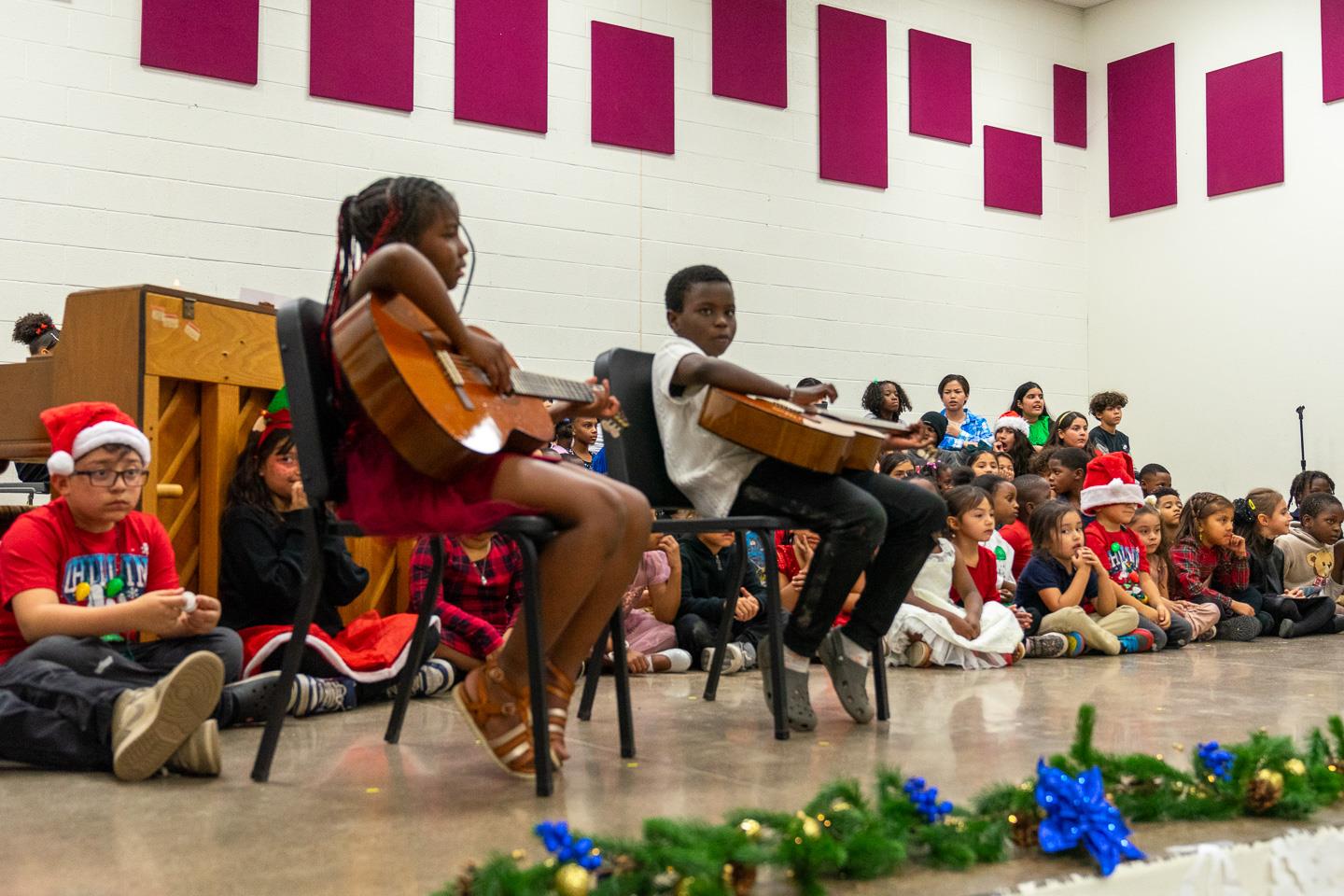
Historic Photos
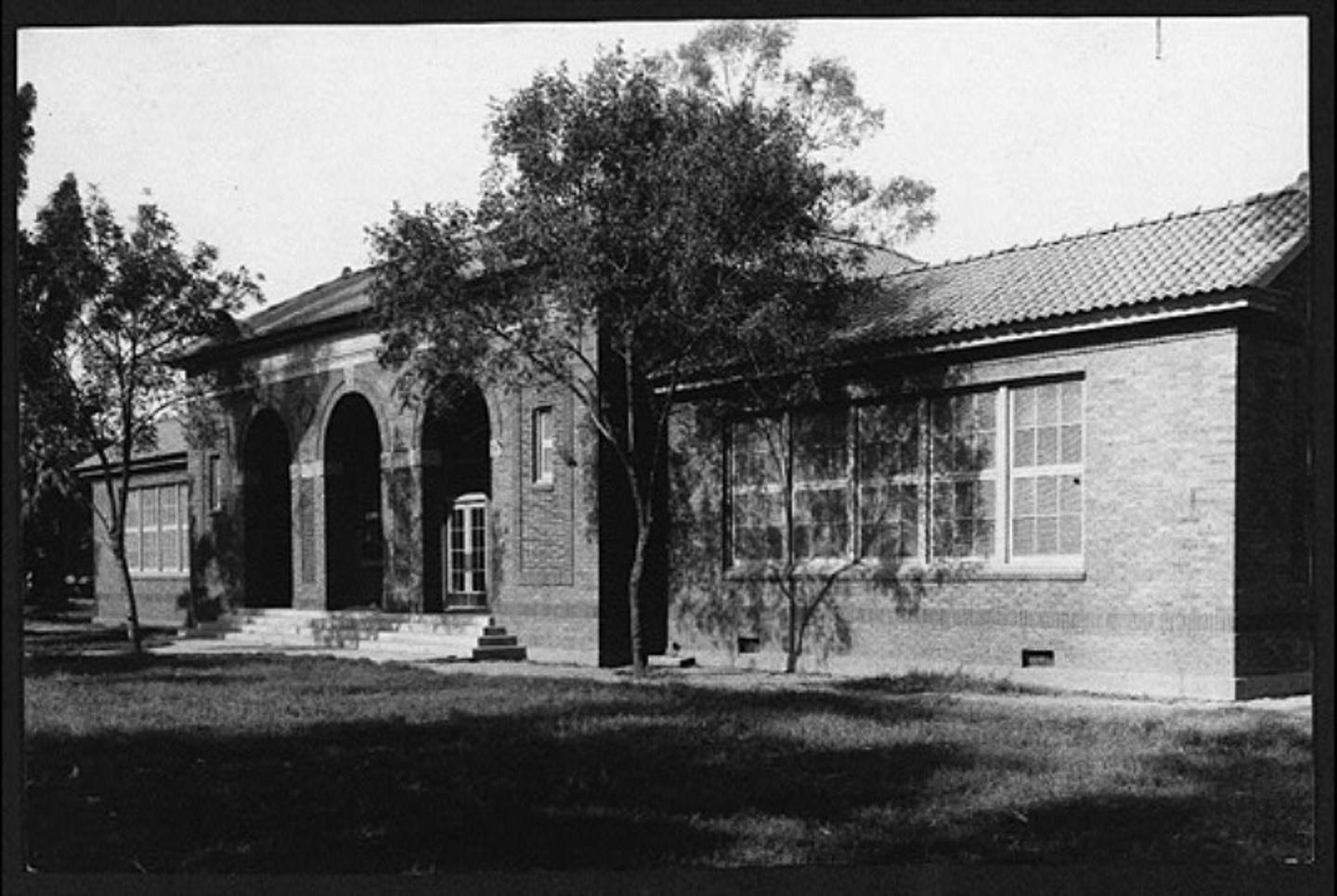
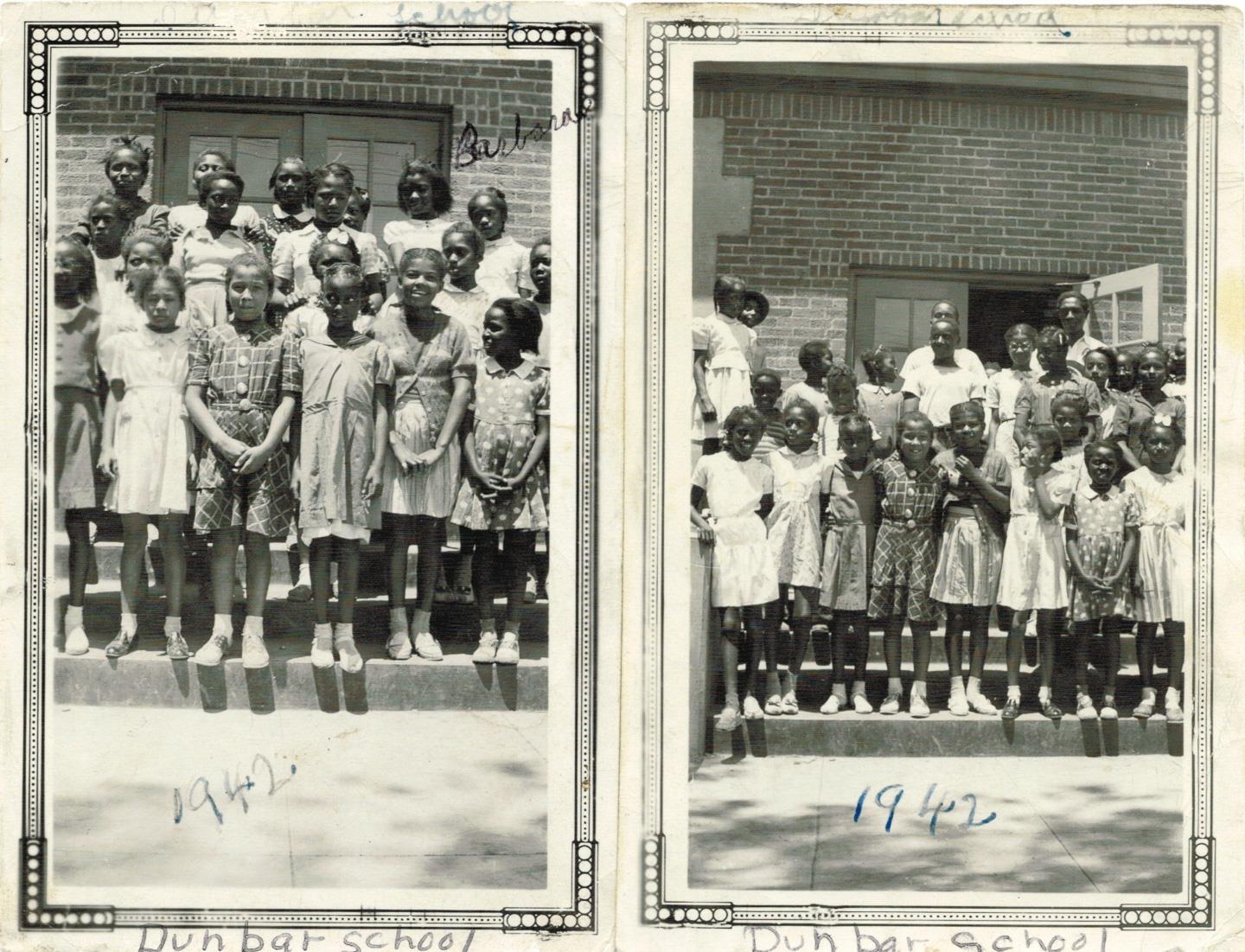

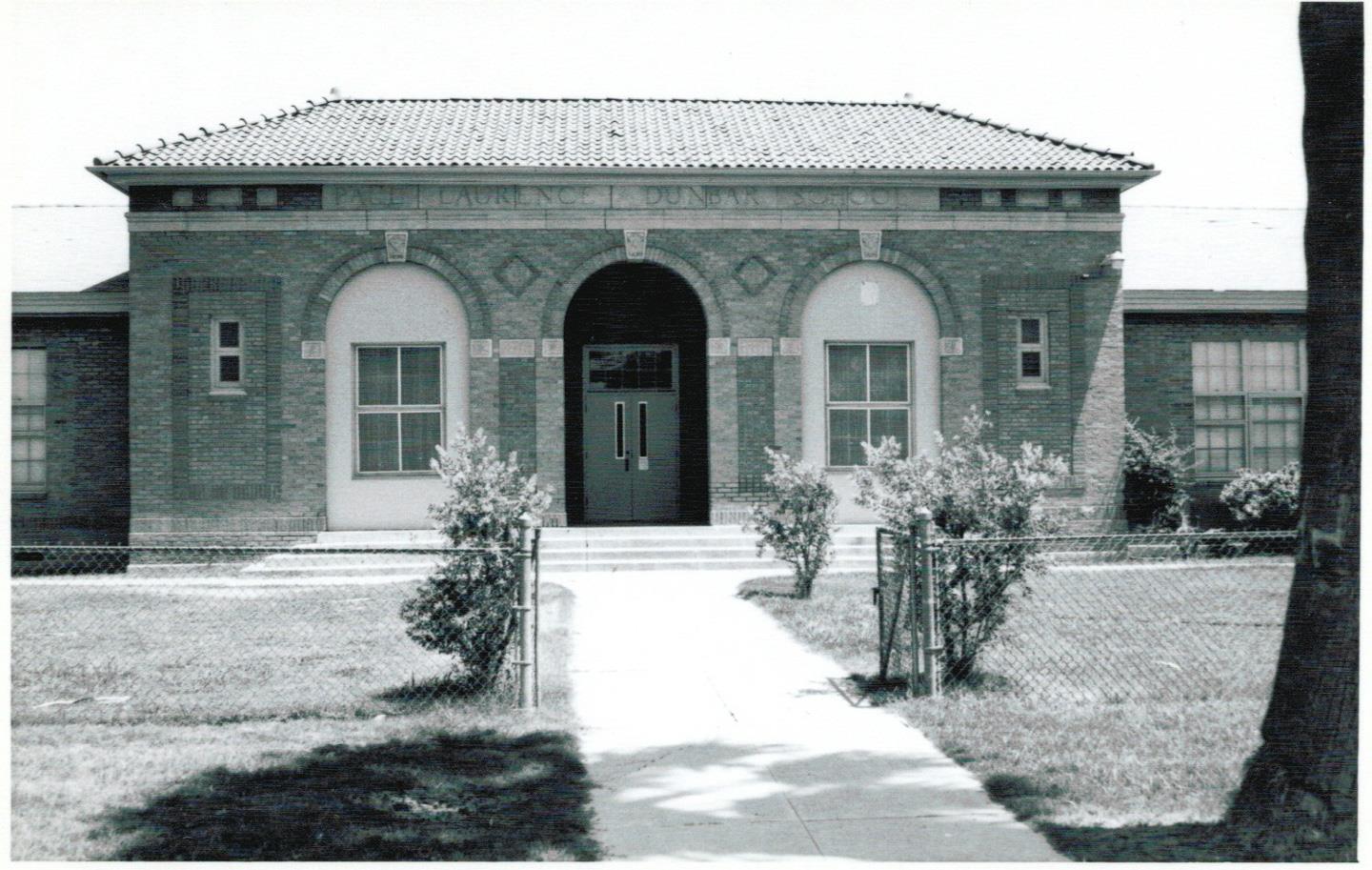
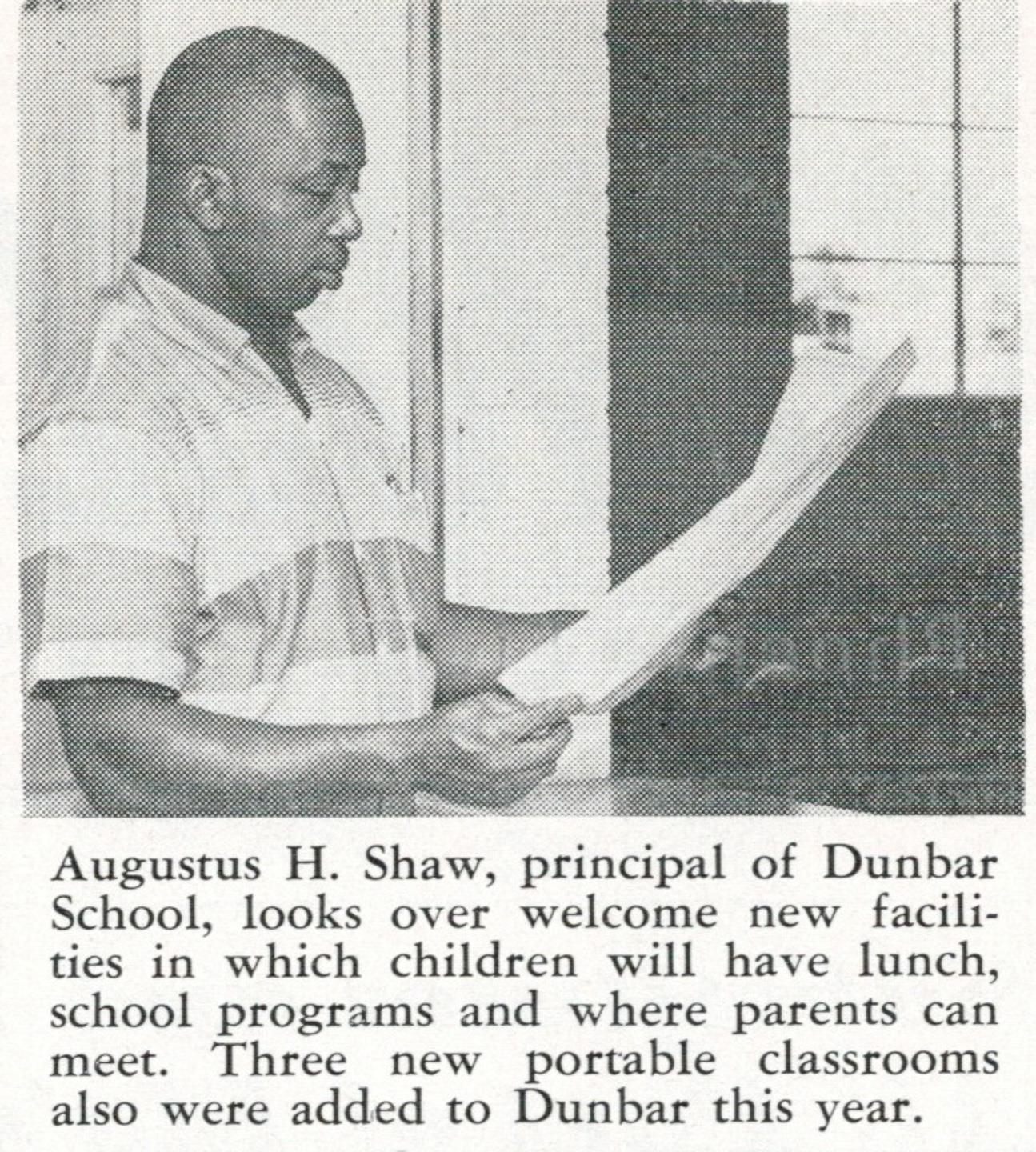

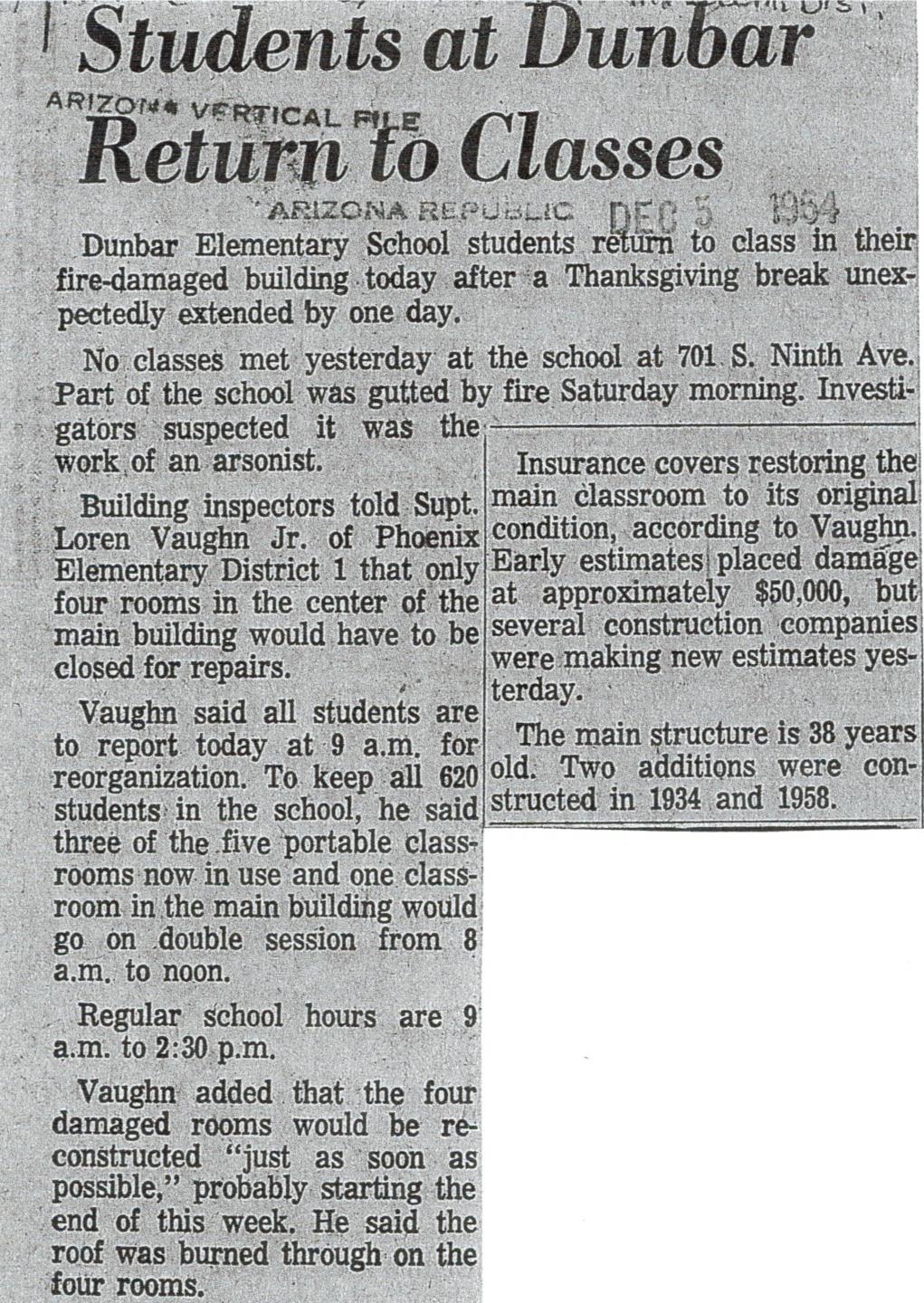
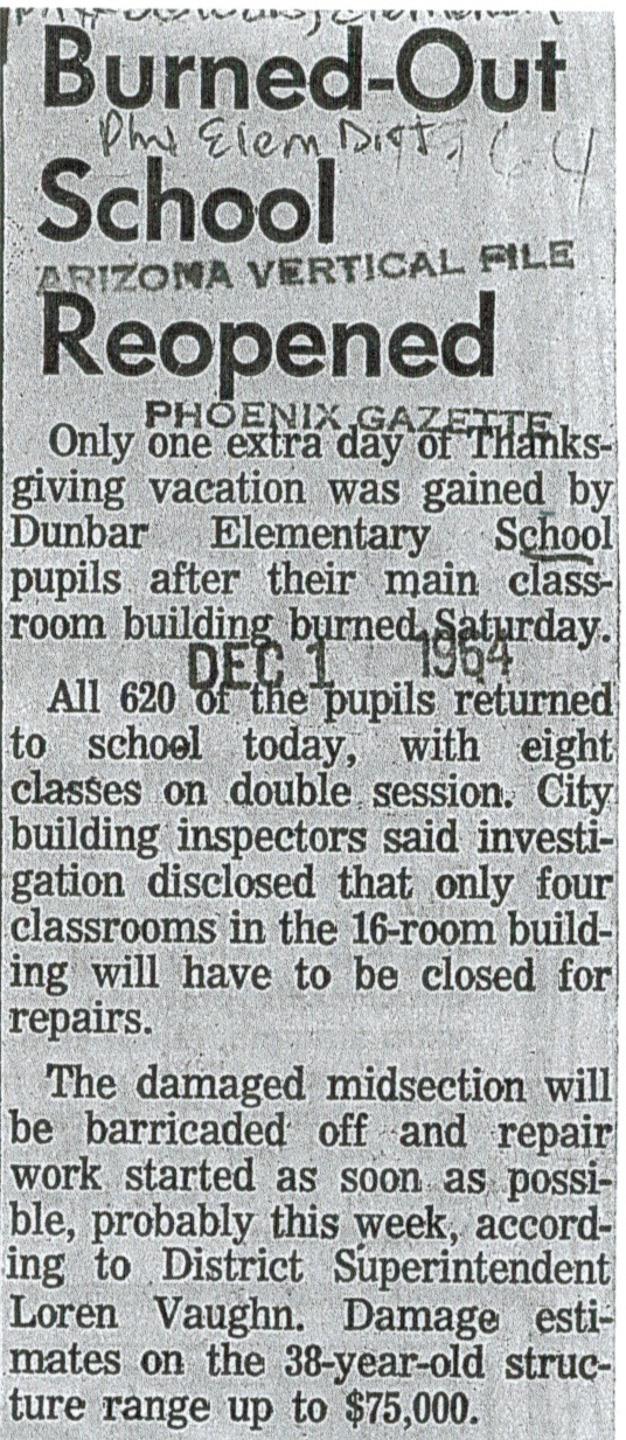
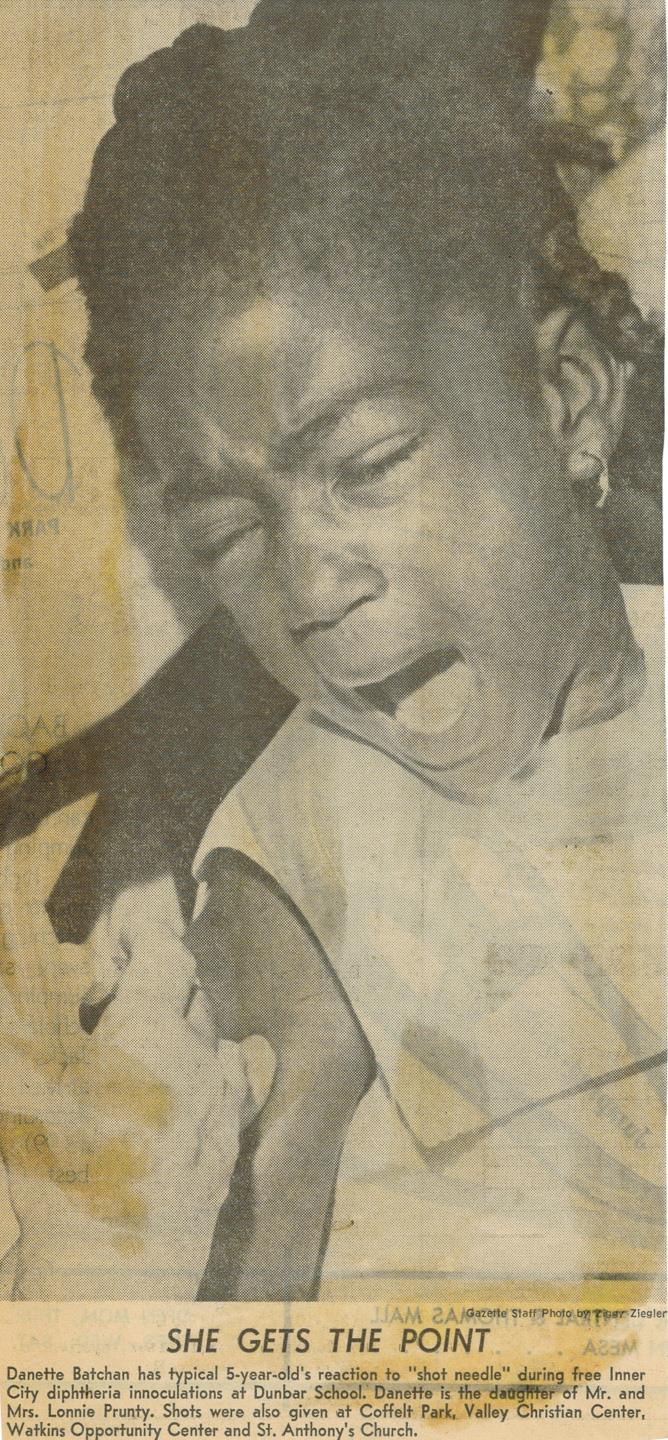

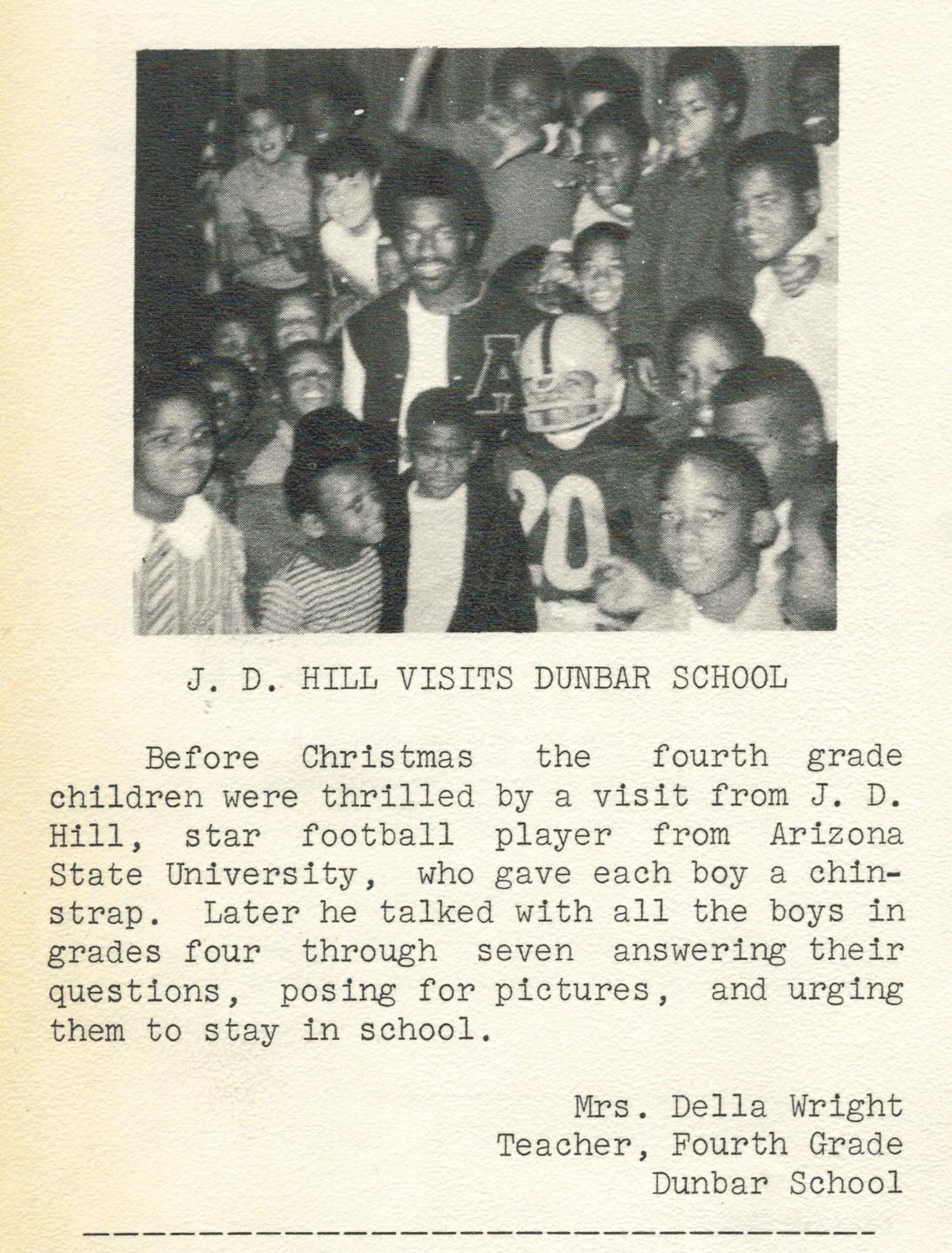
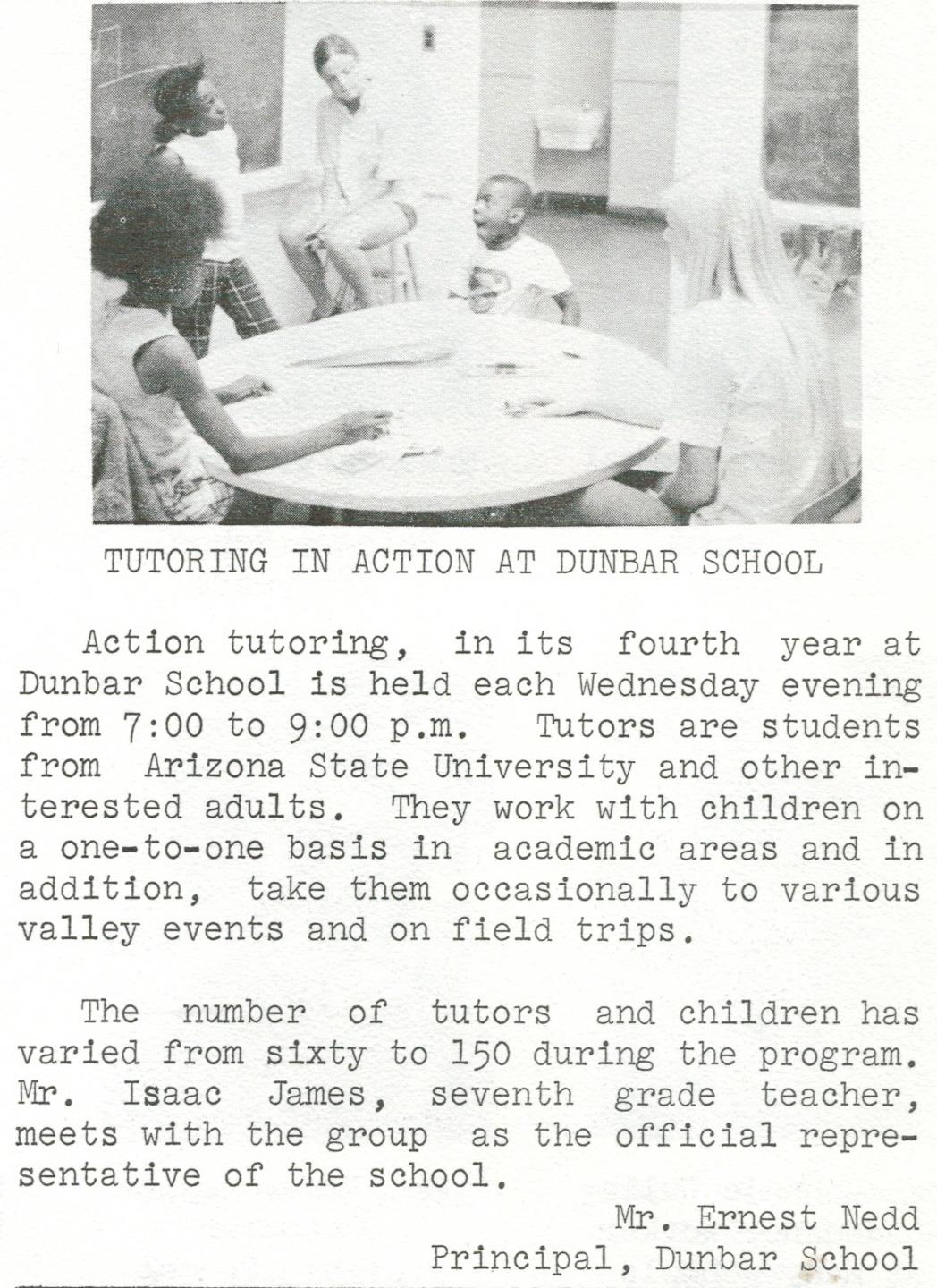
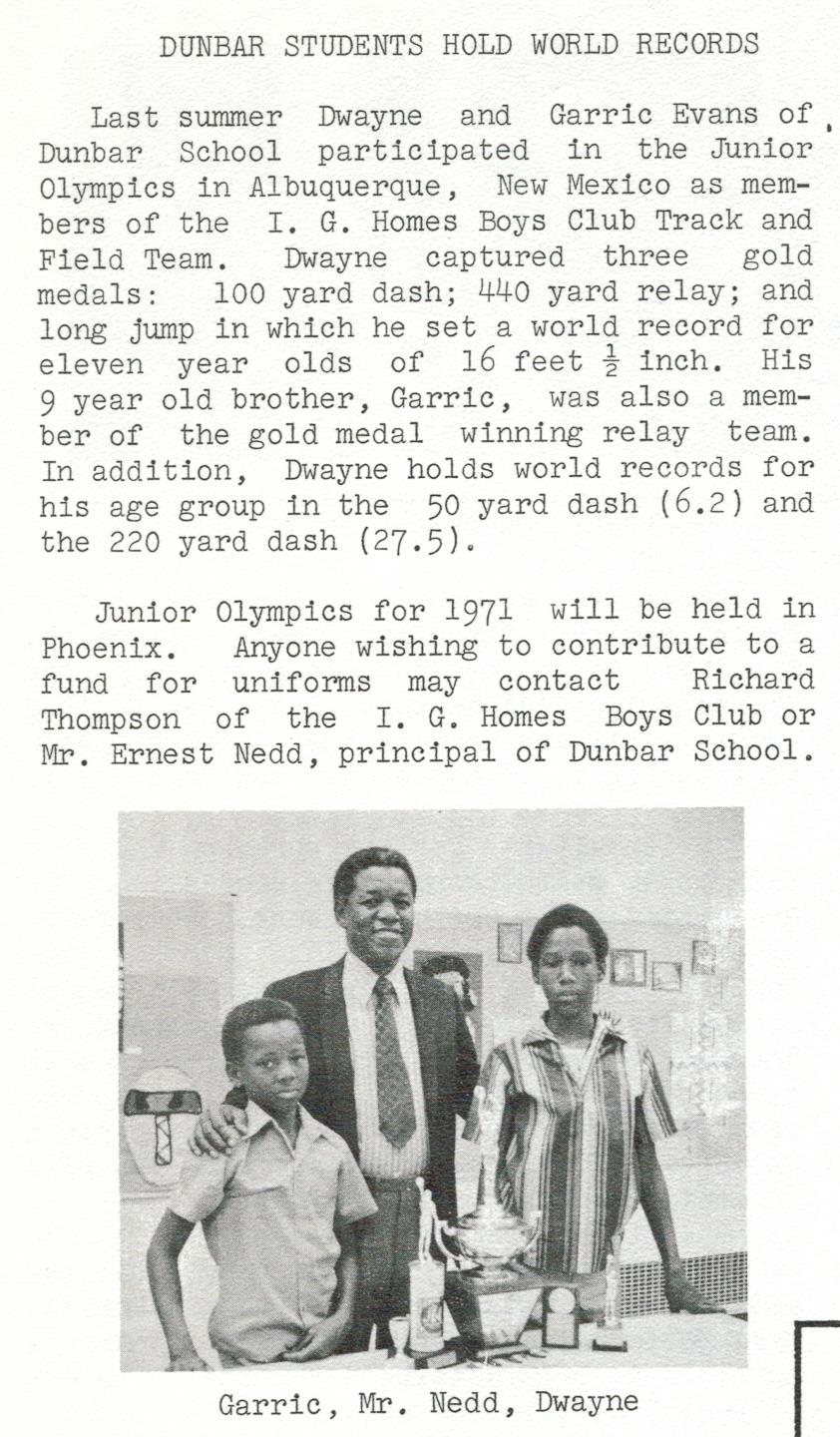

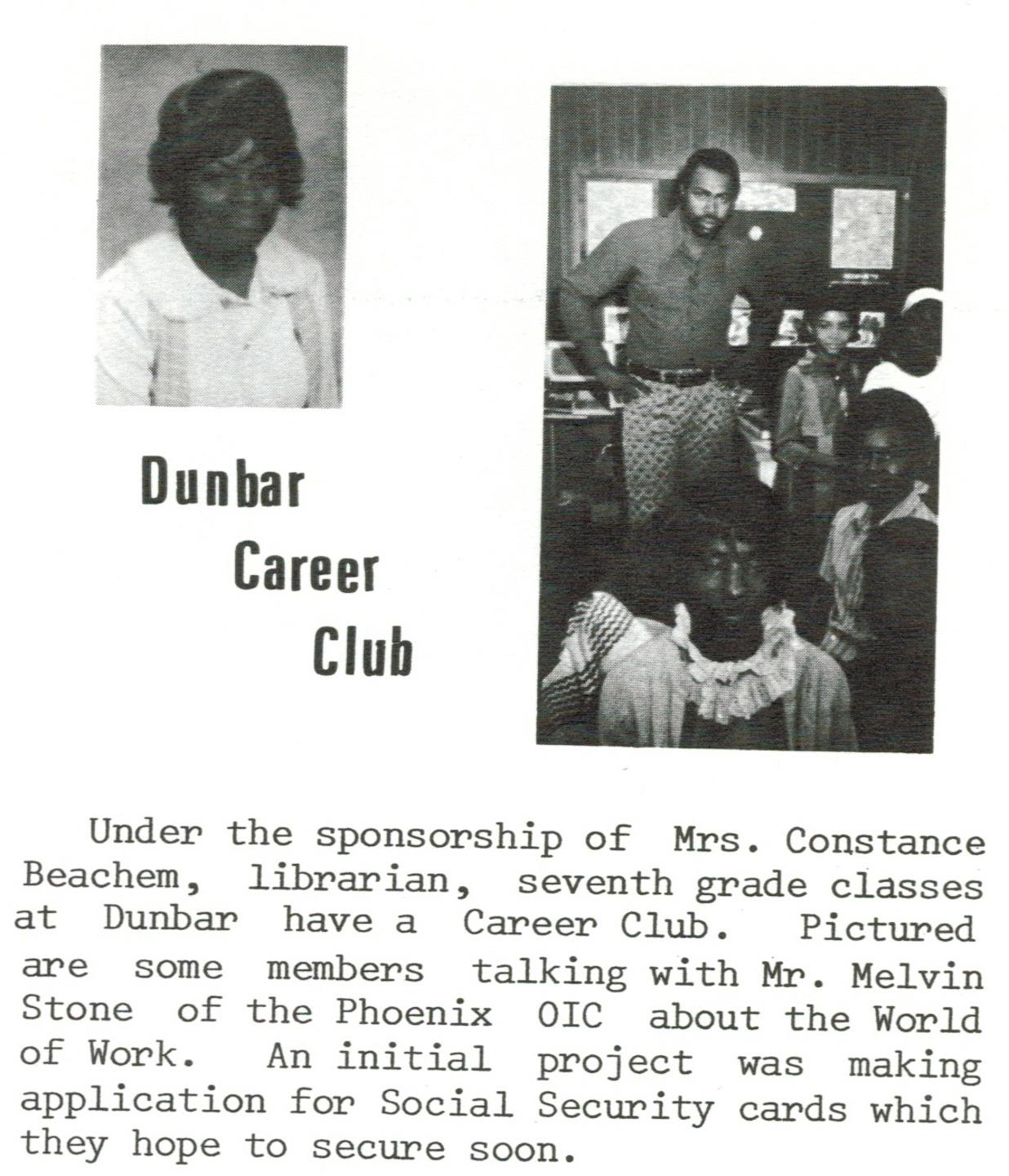
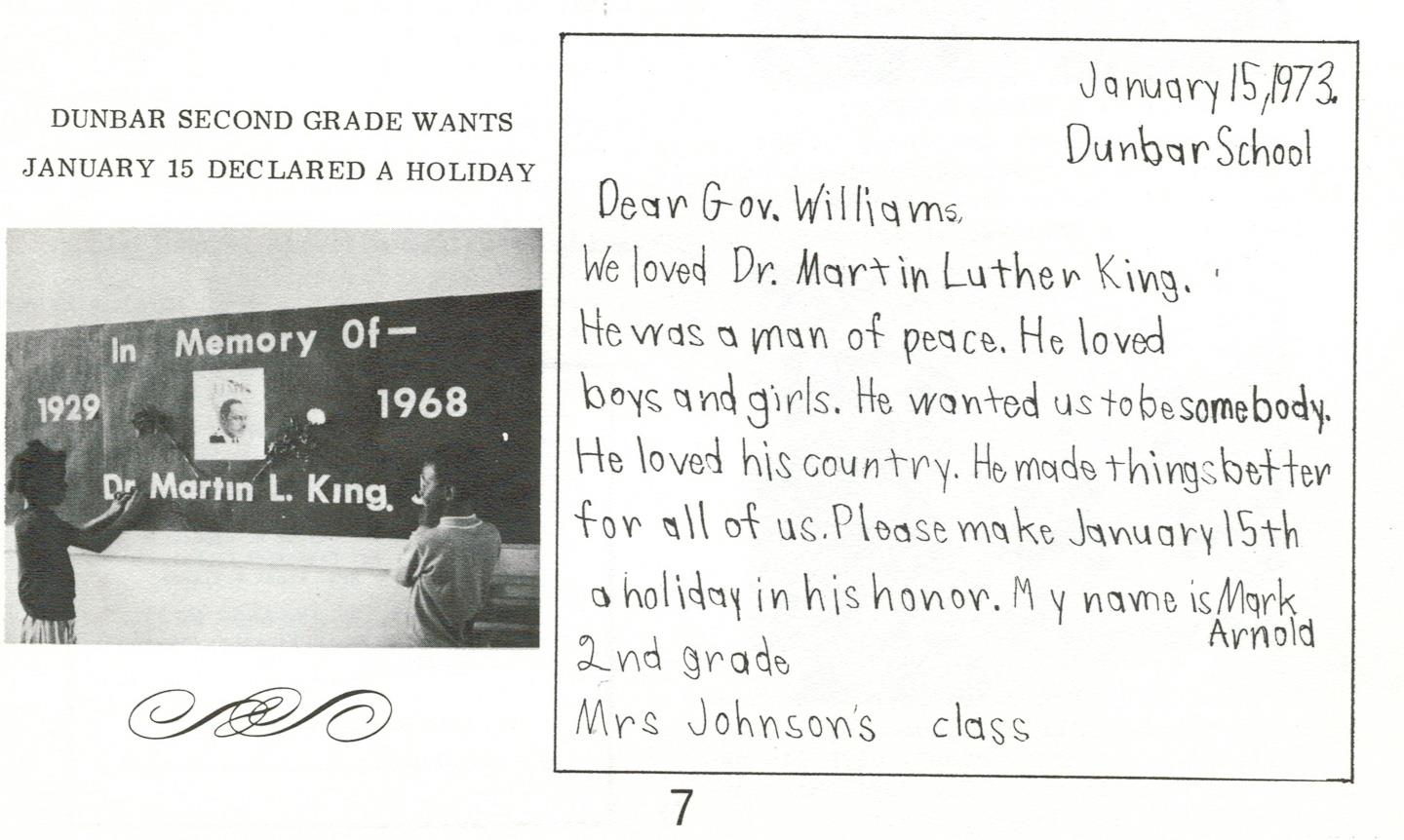

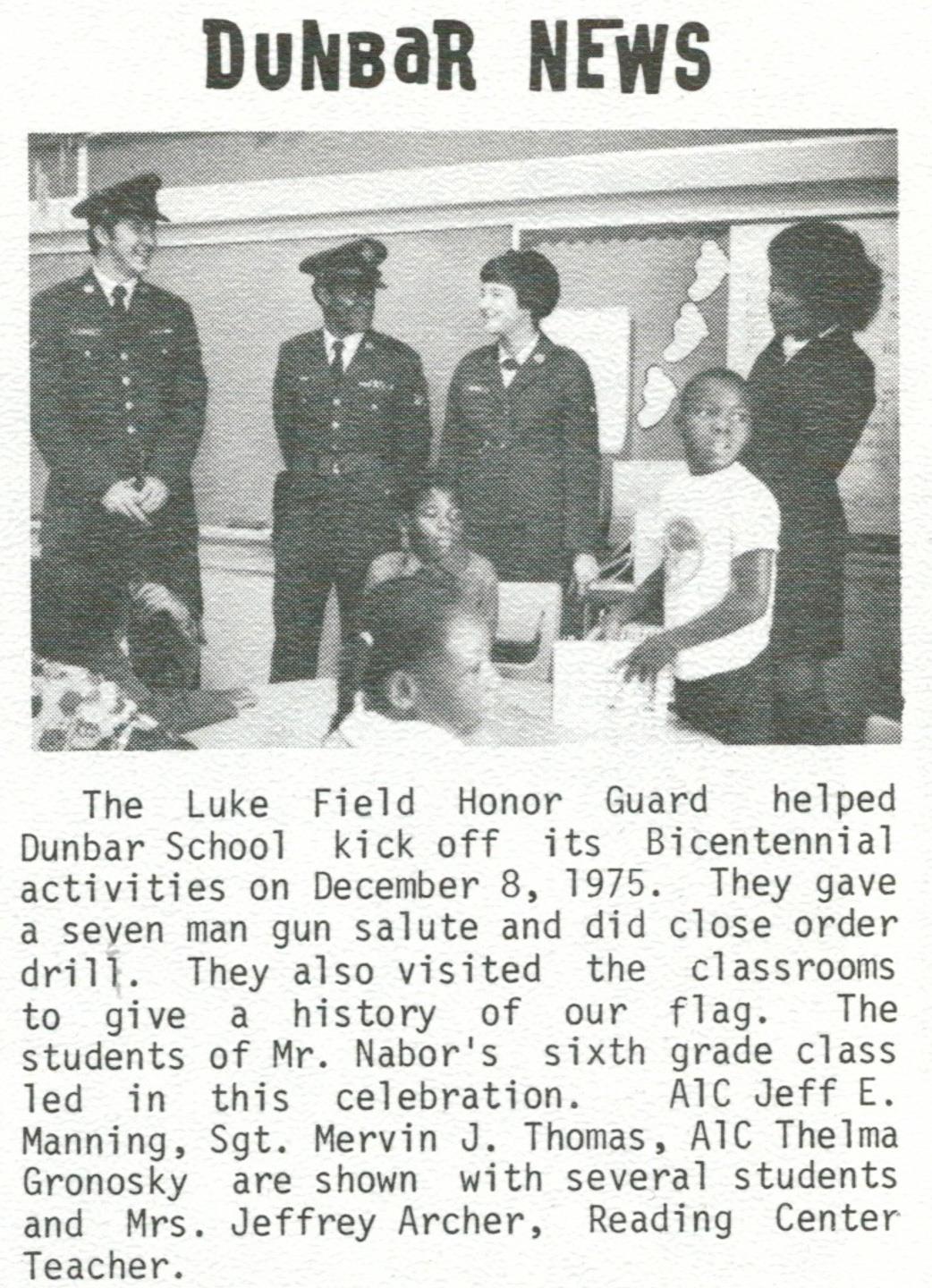
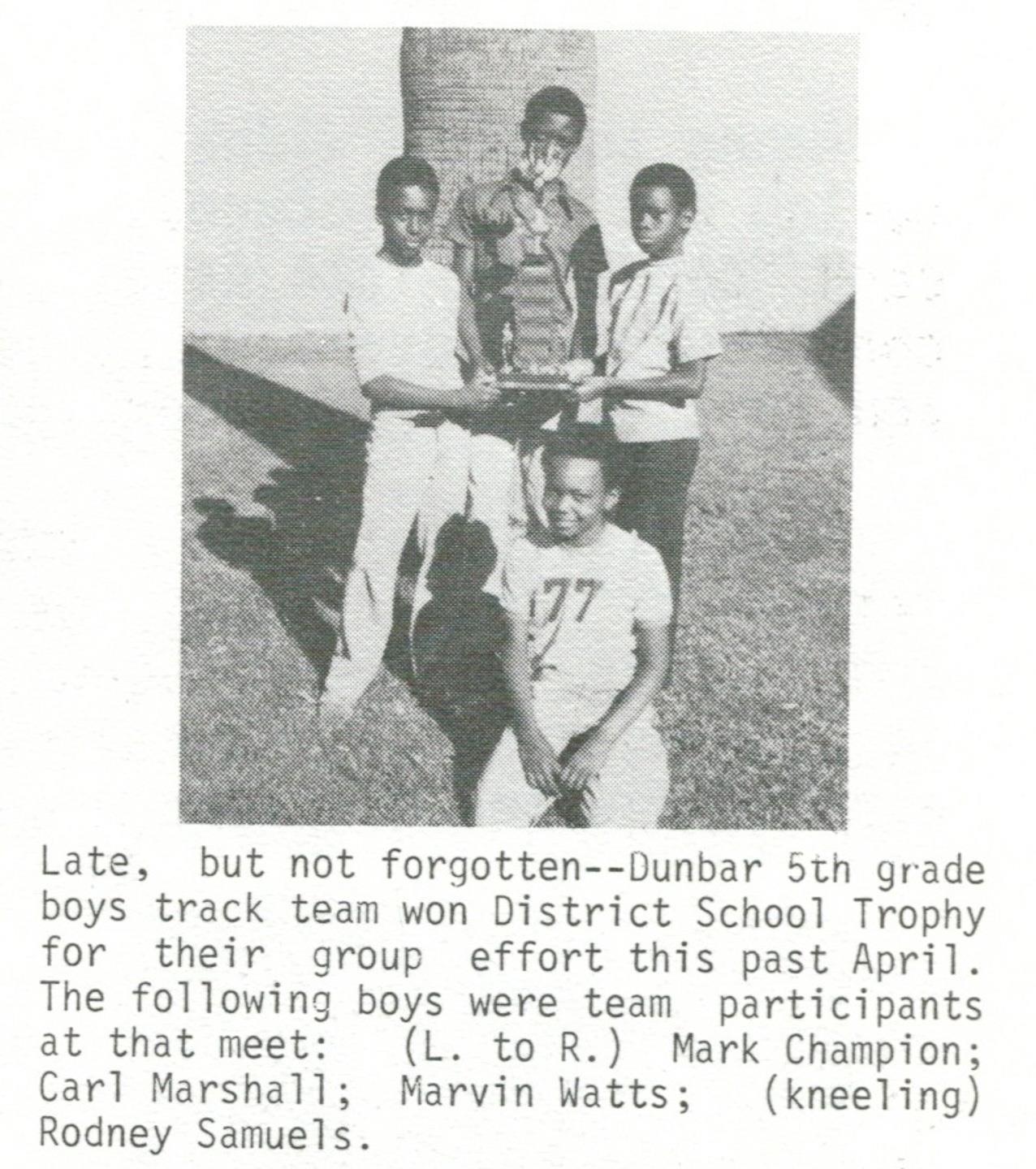
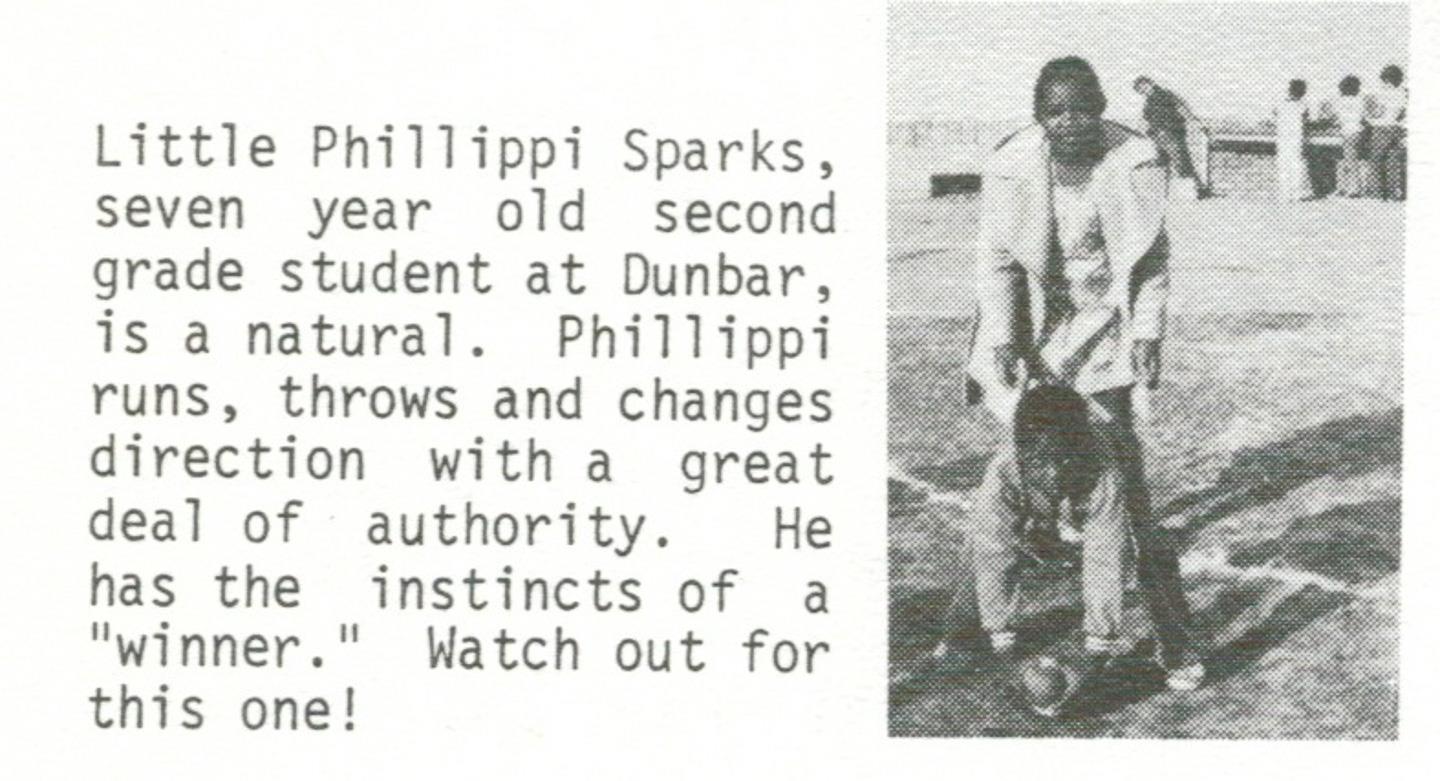
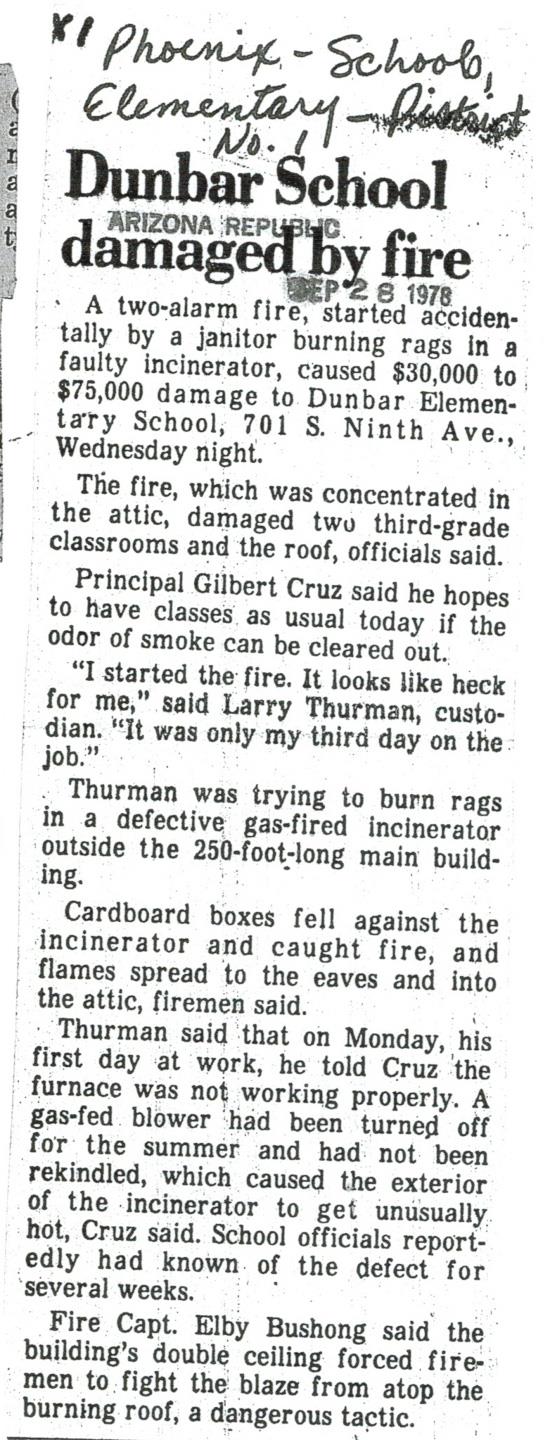
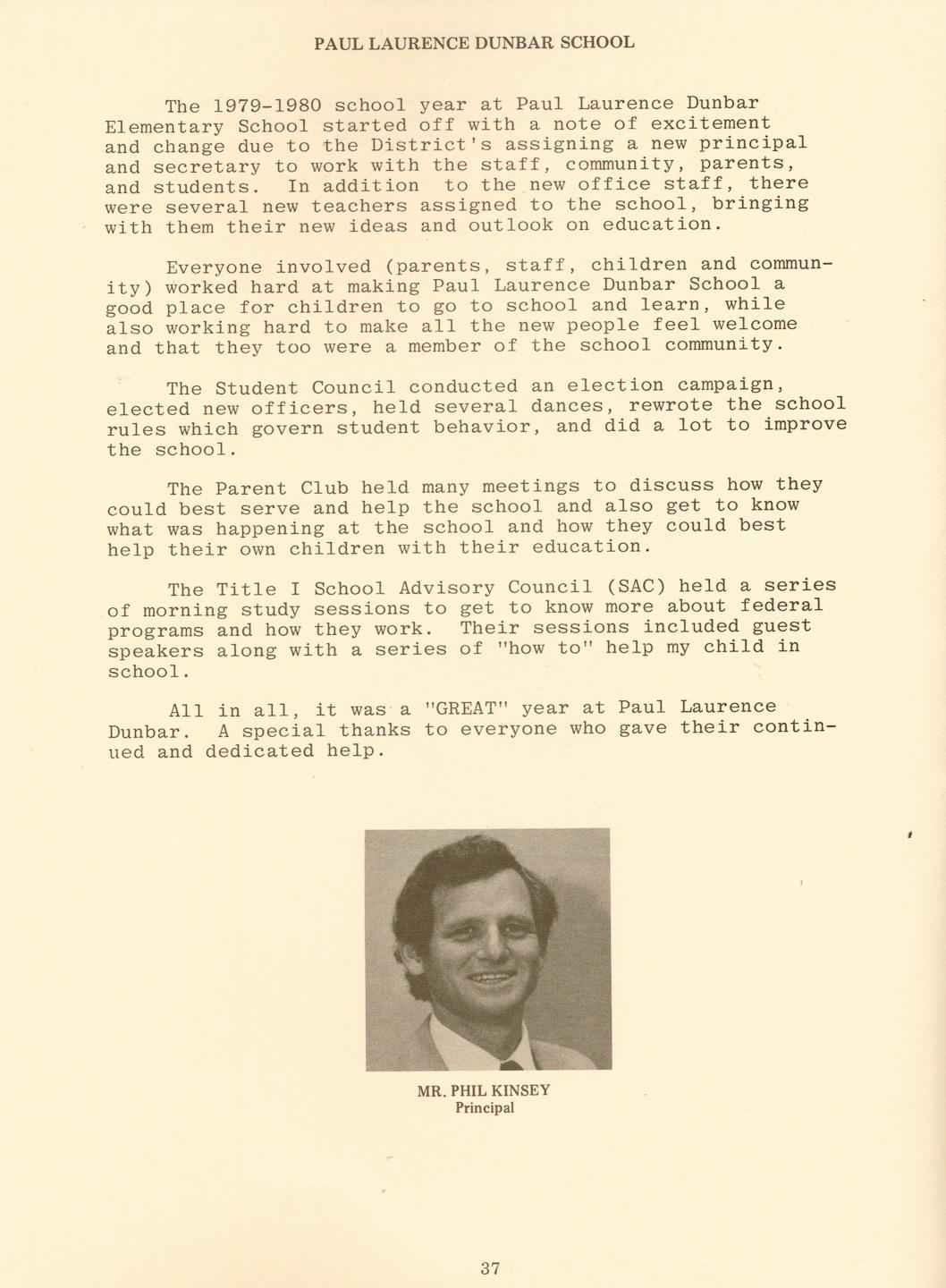
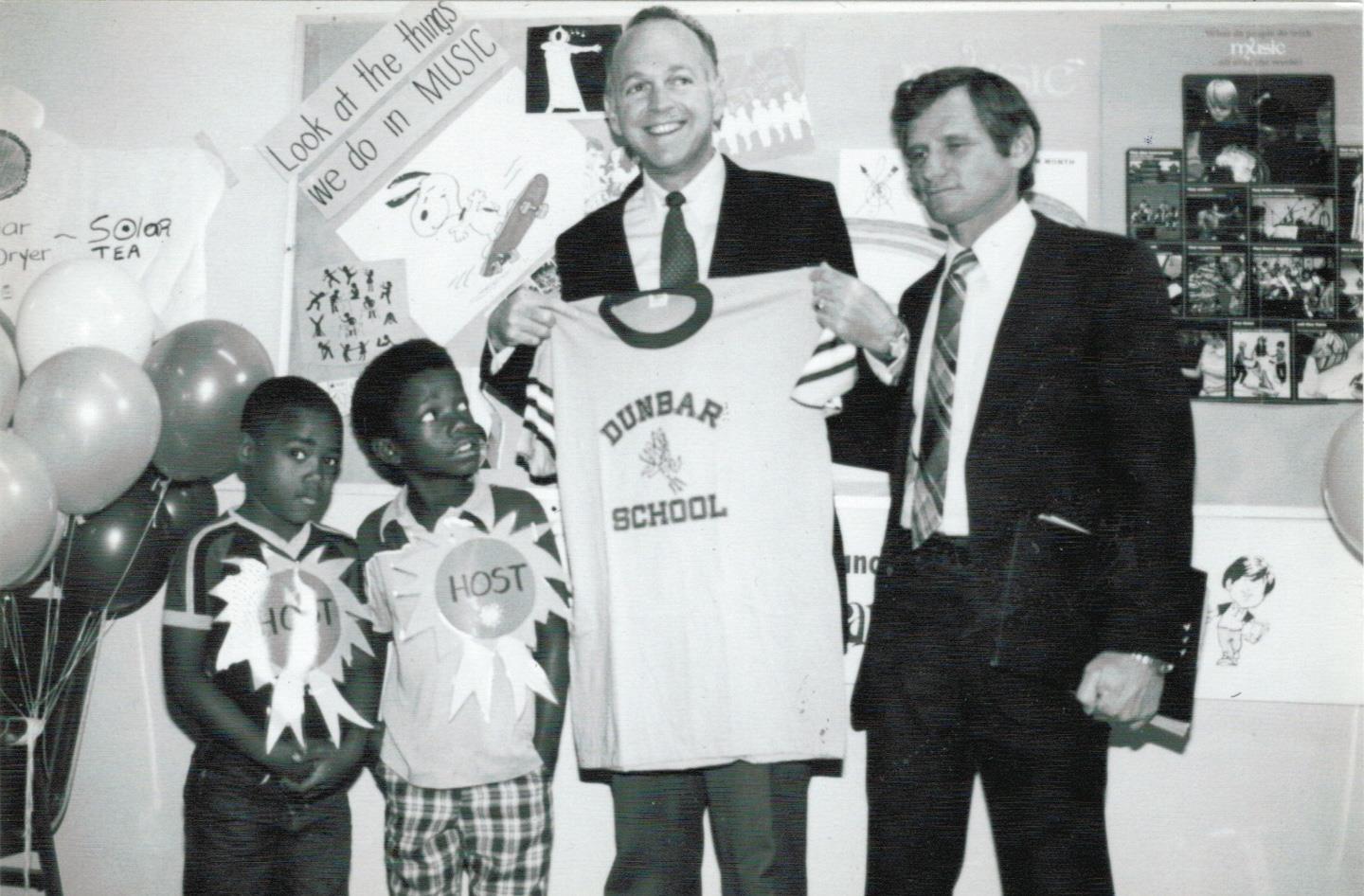
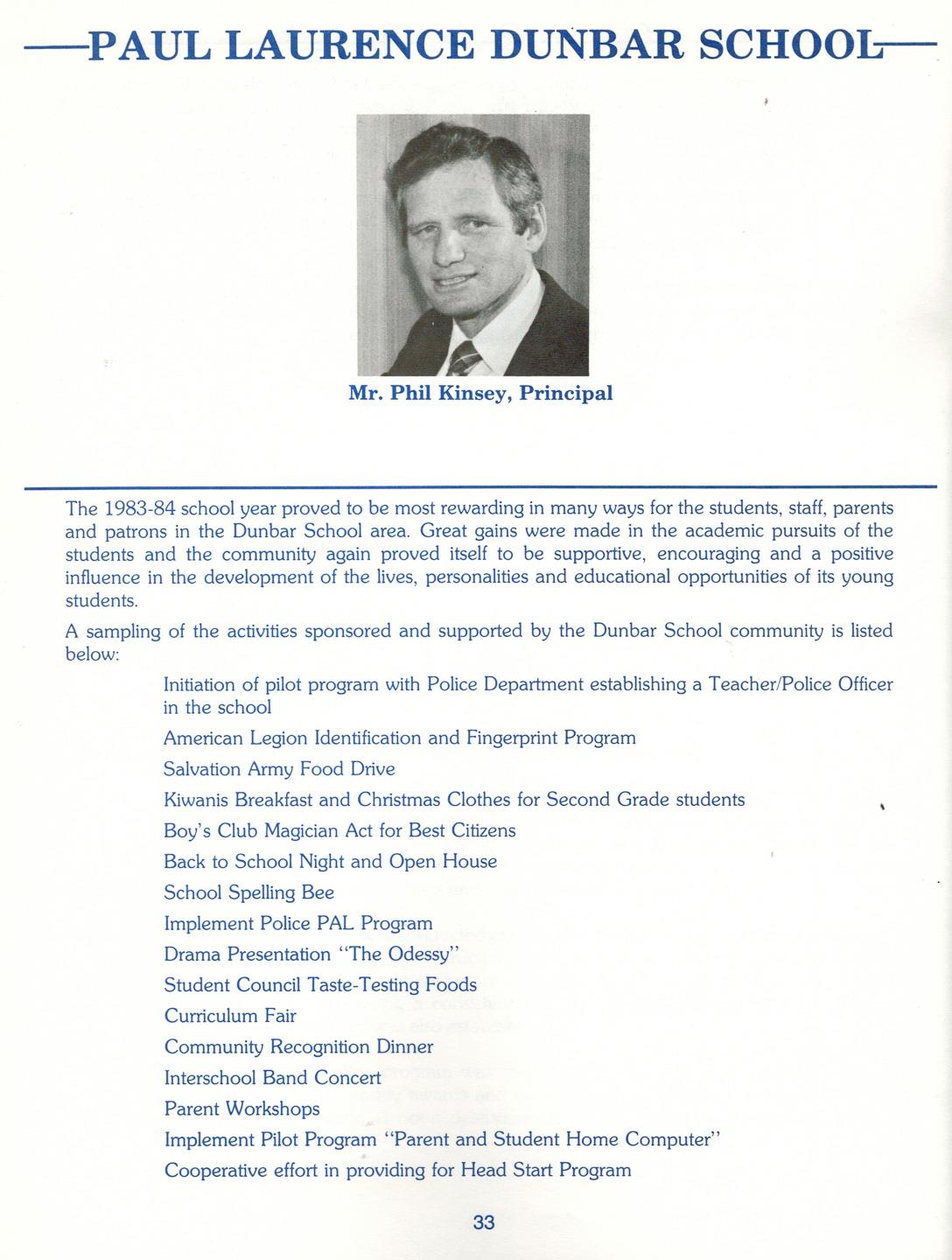
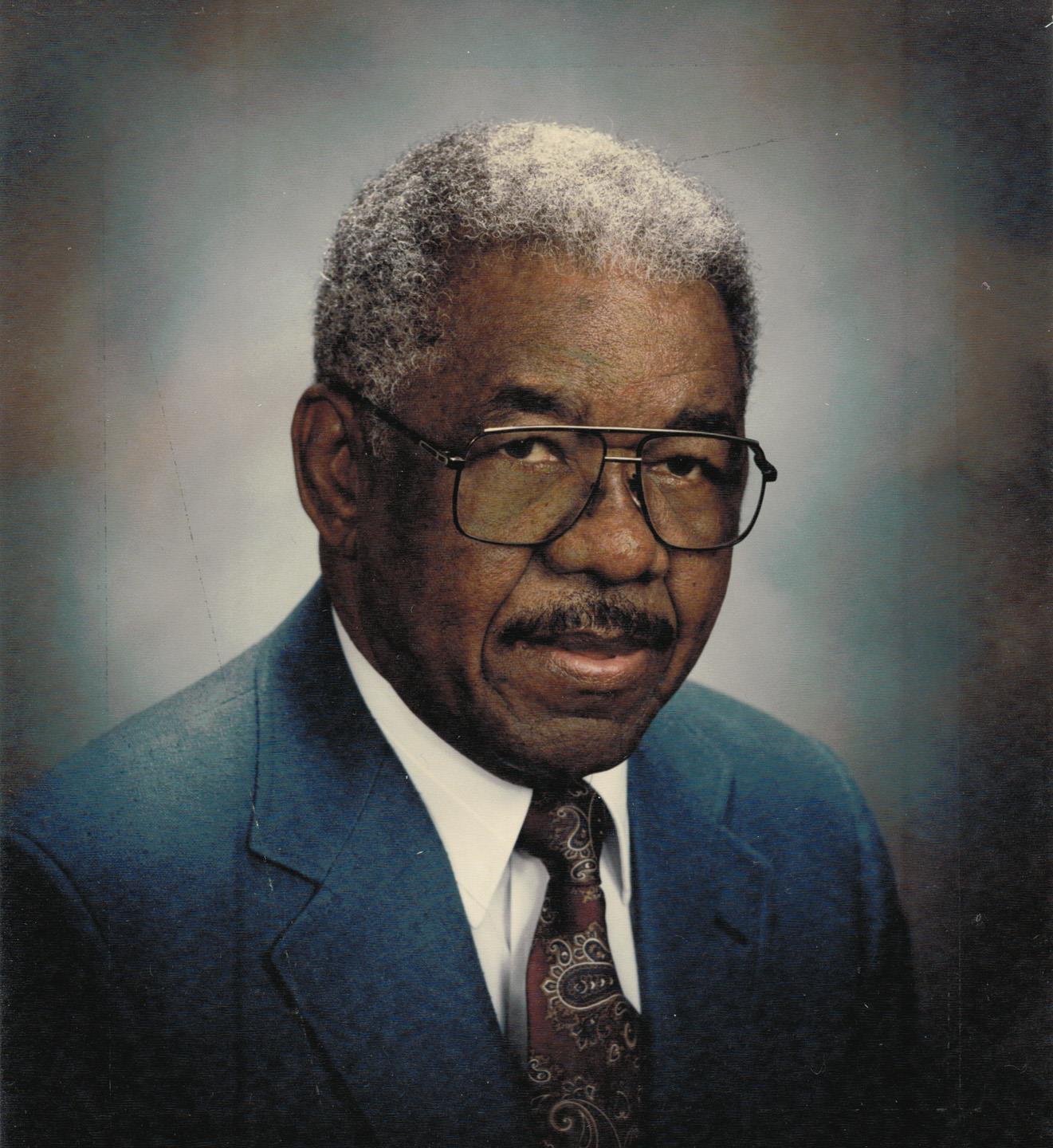
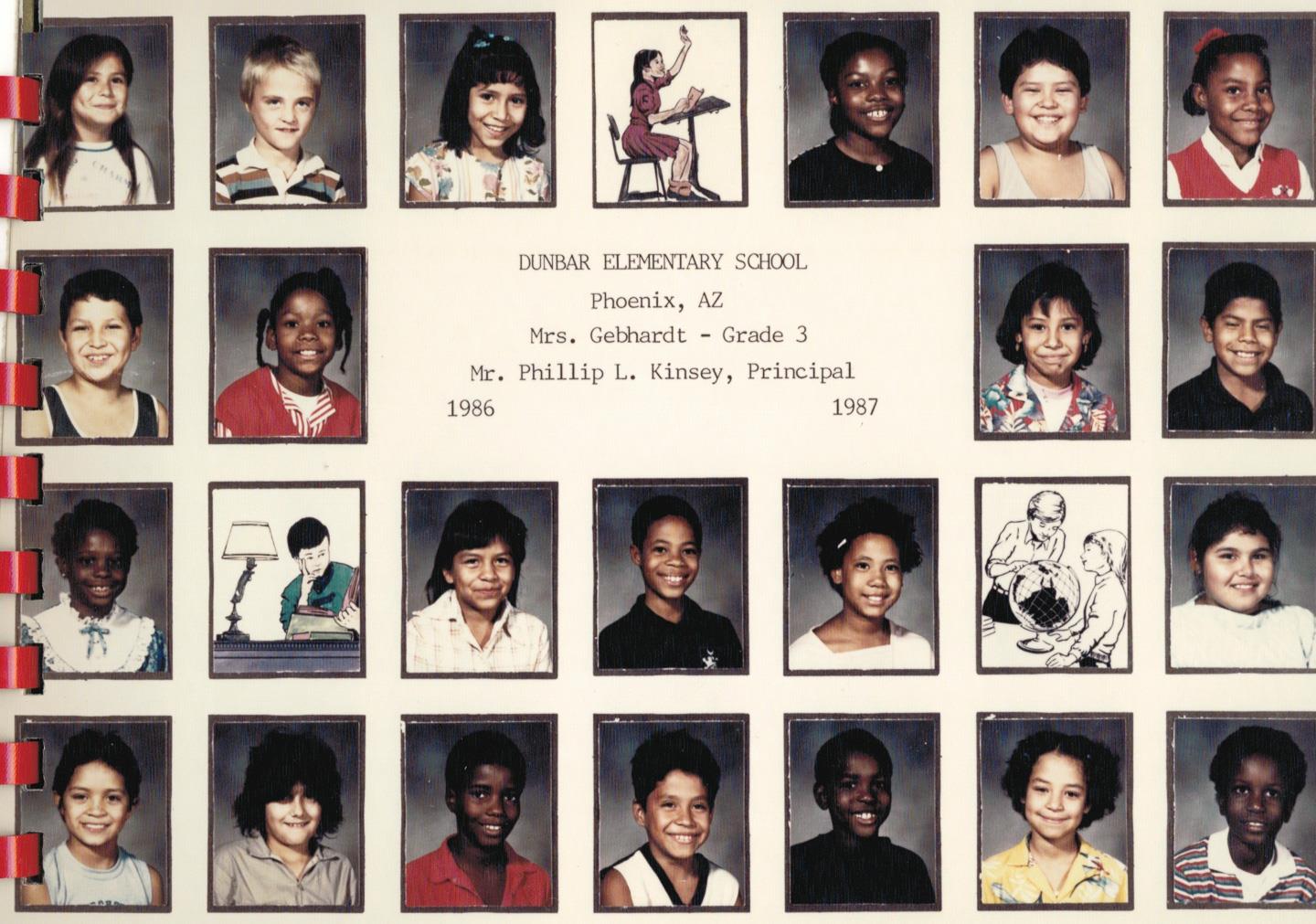
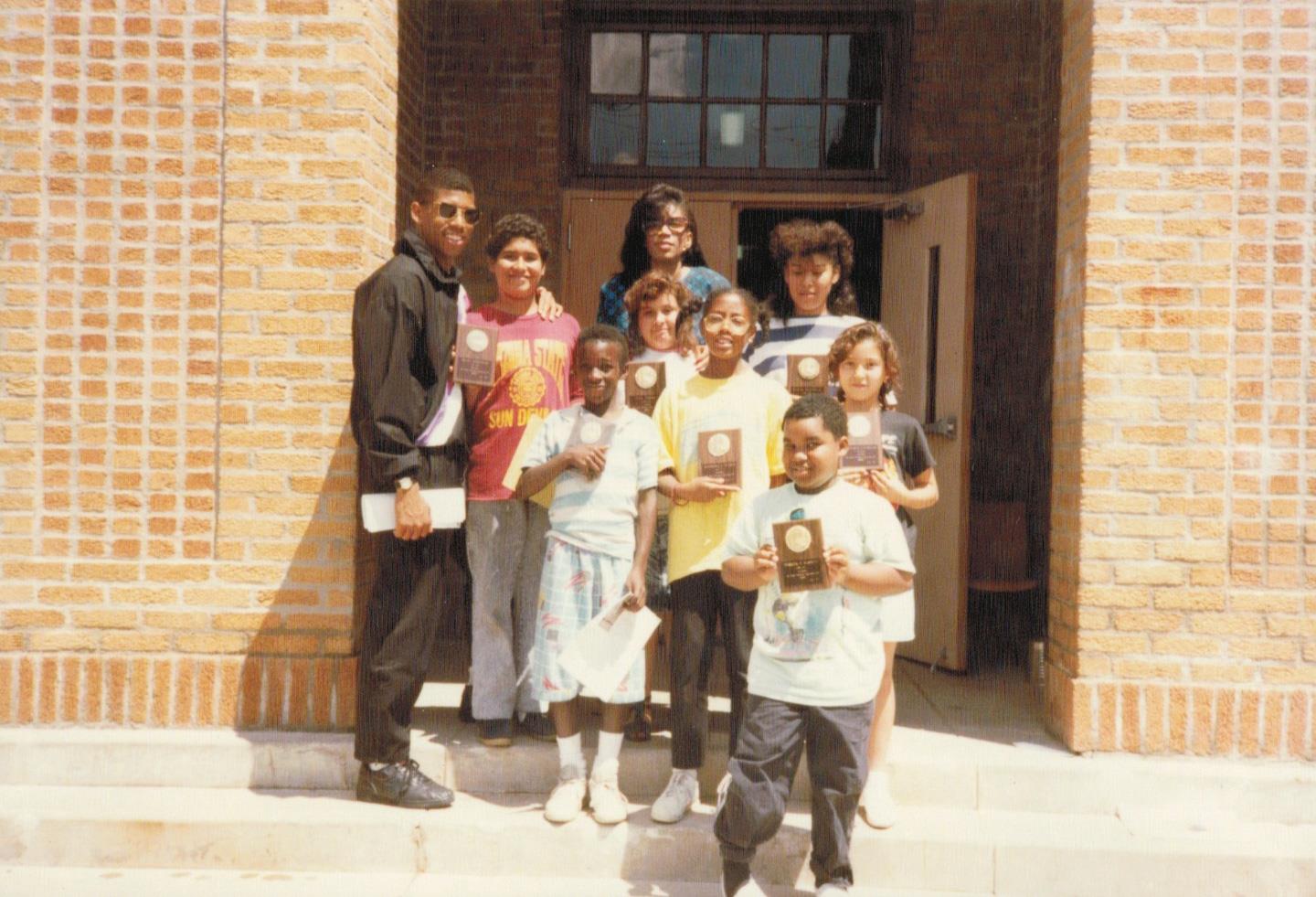
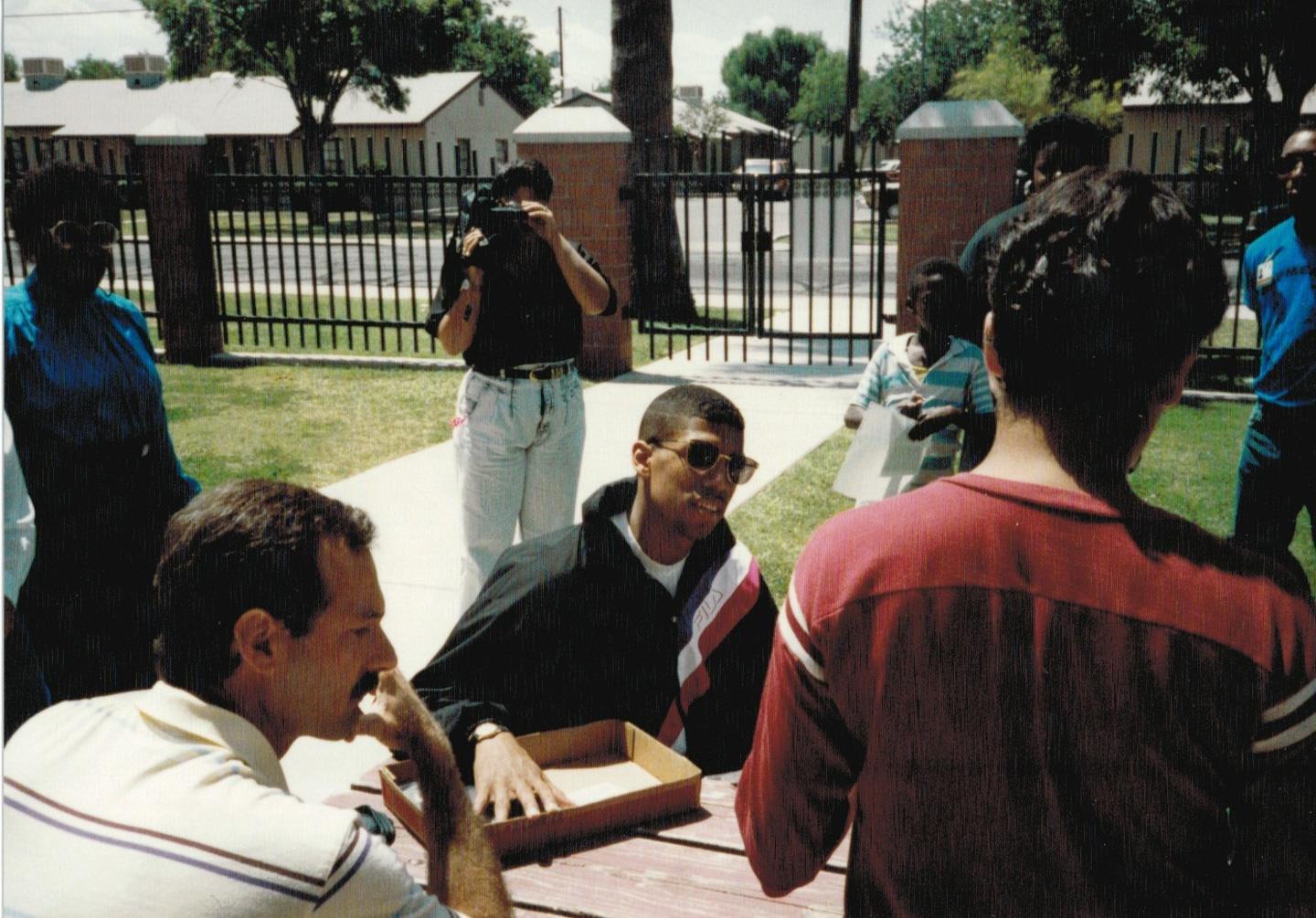
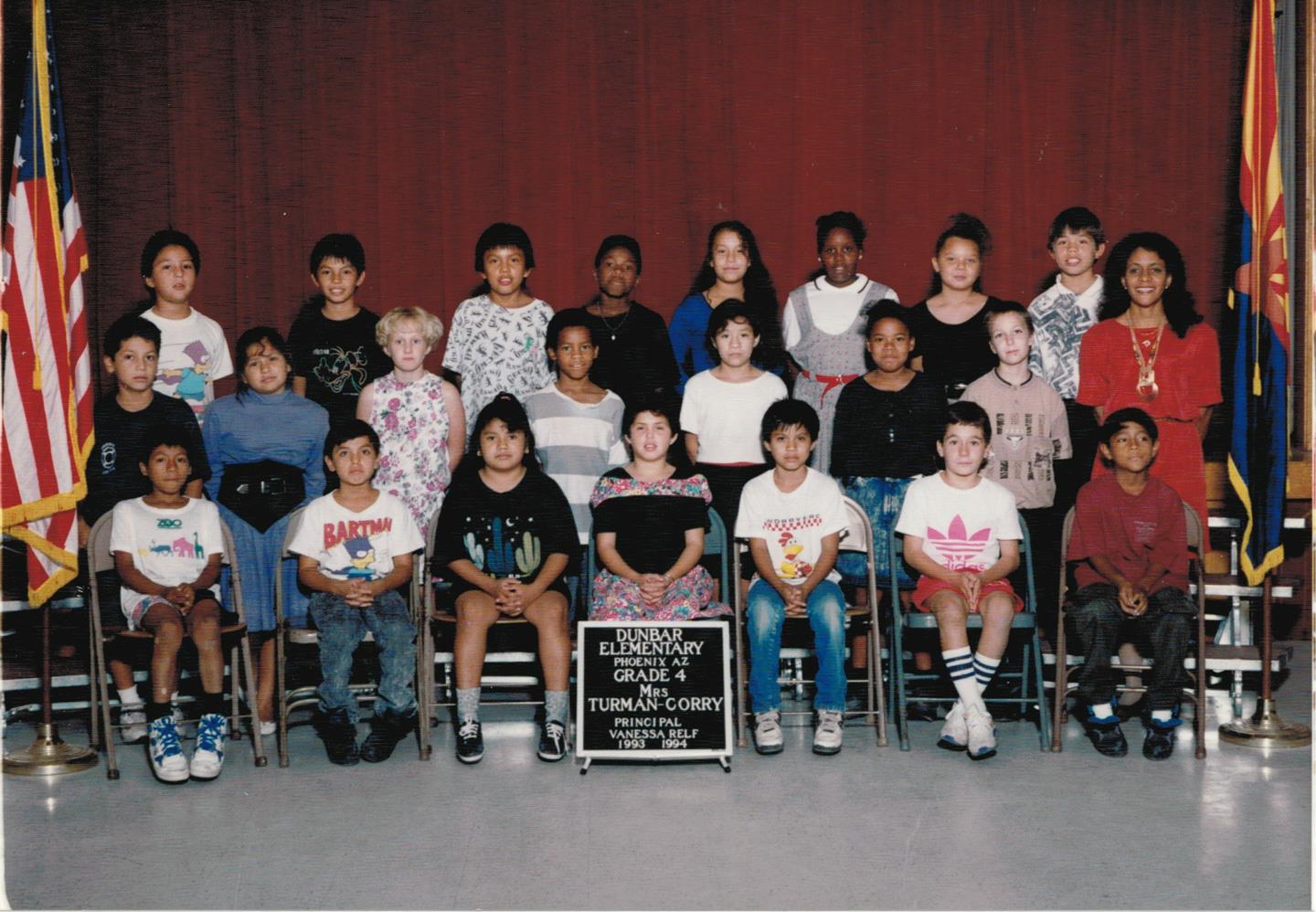

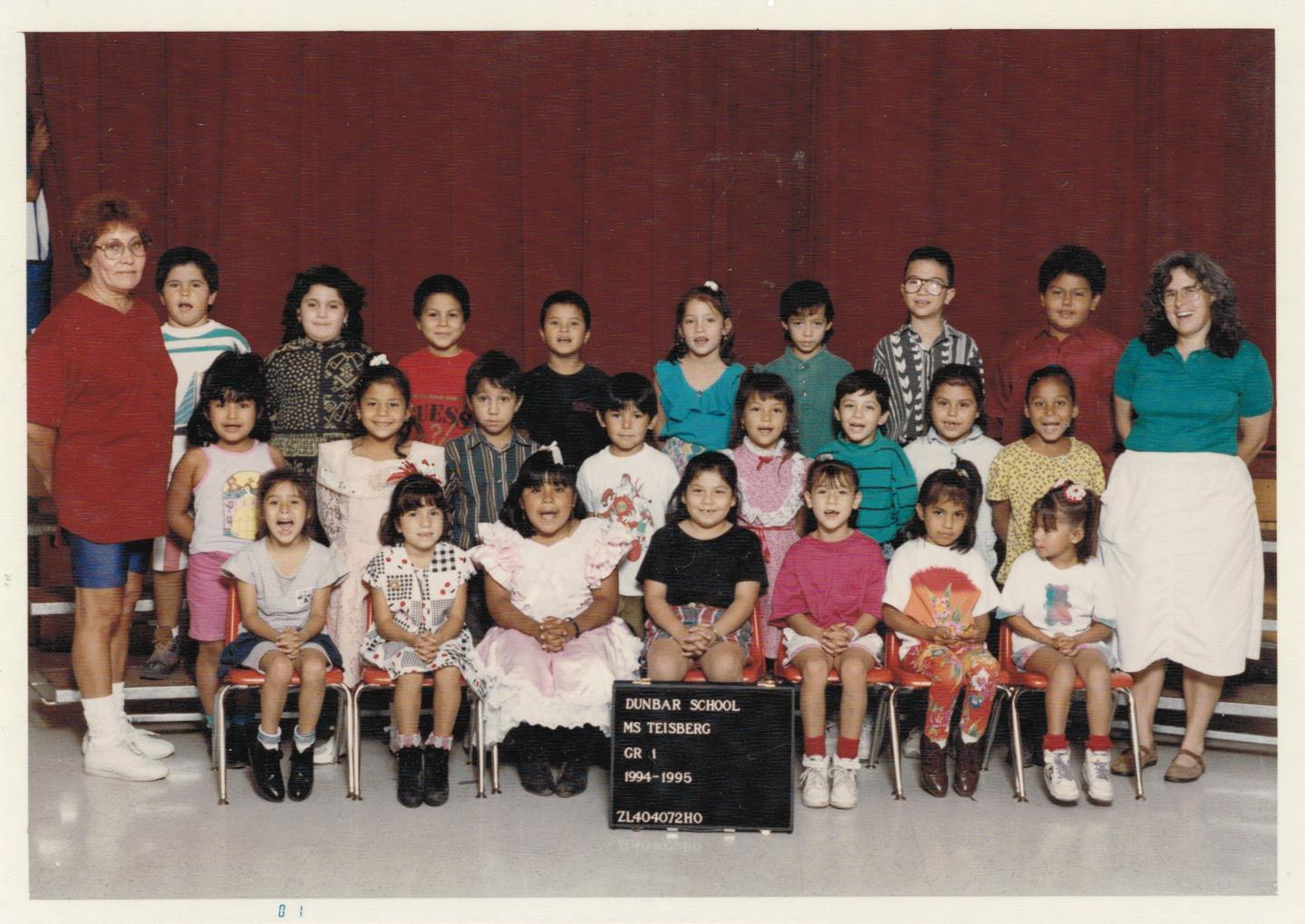
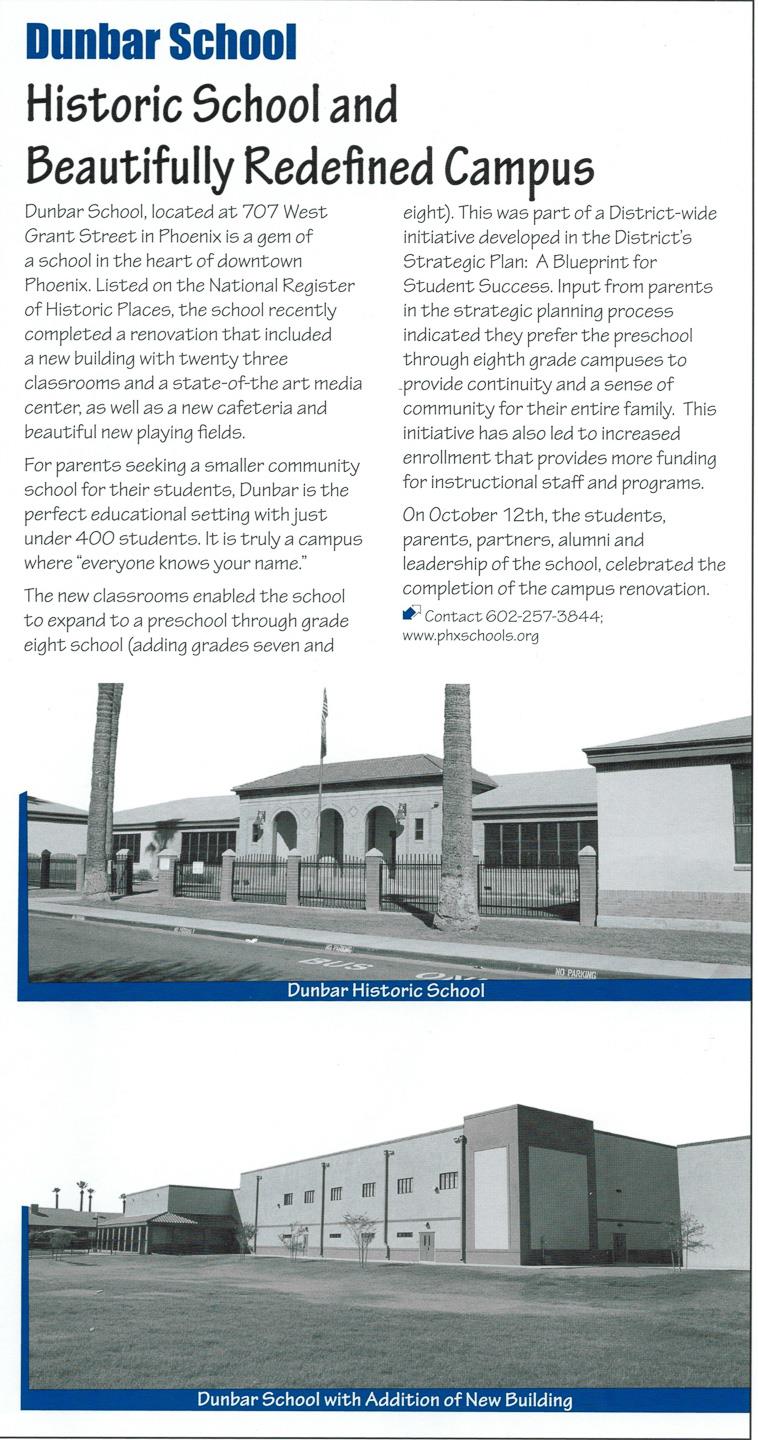
1987 Newsletter


